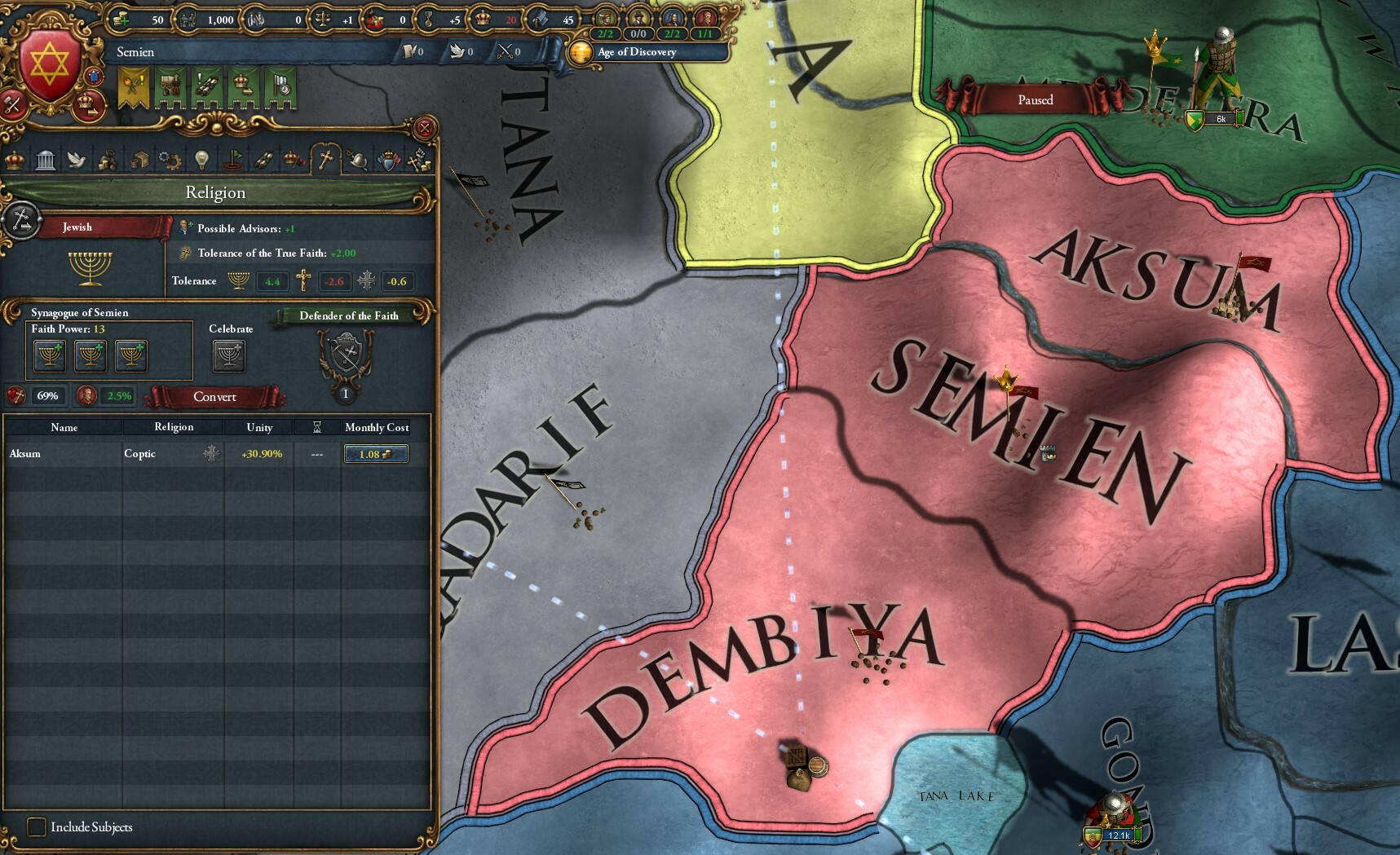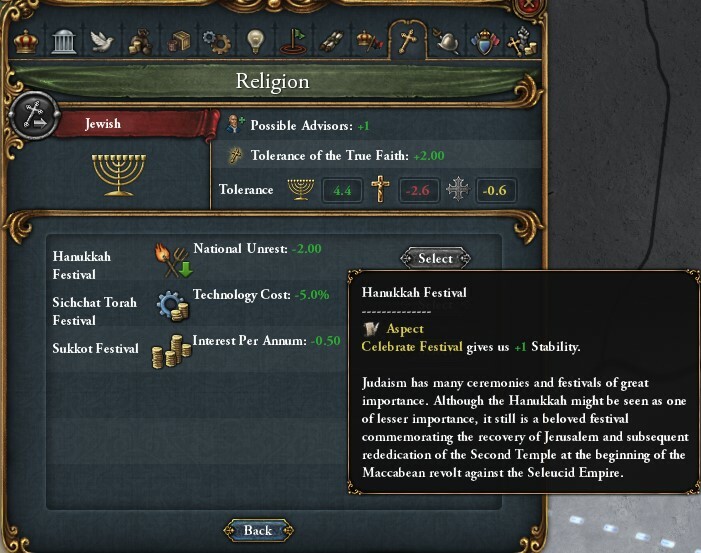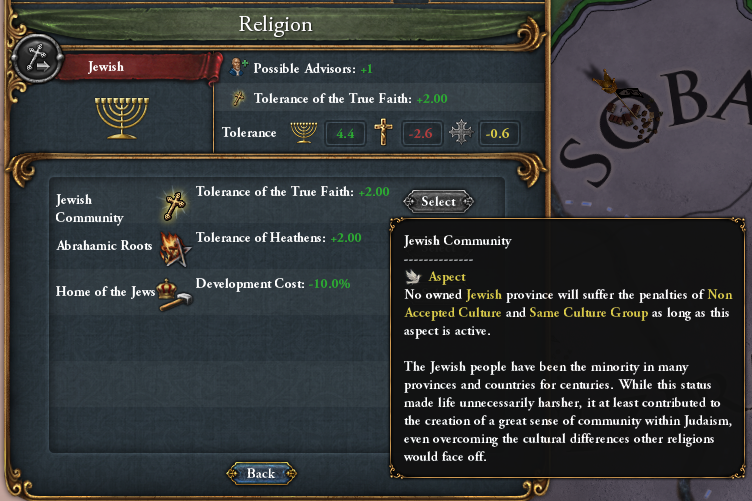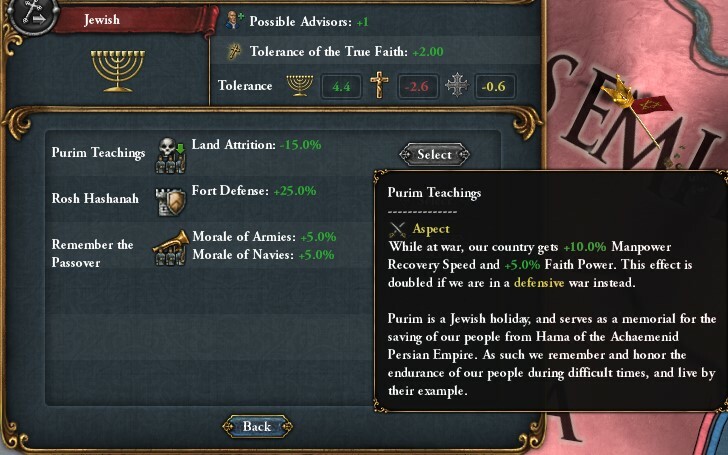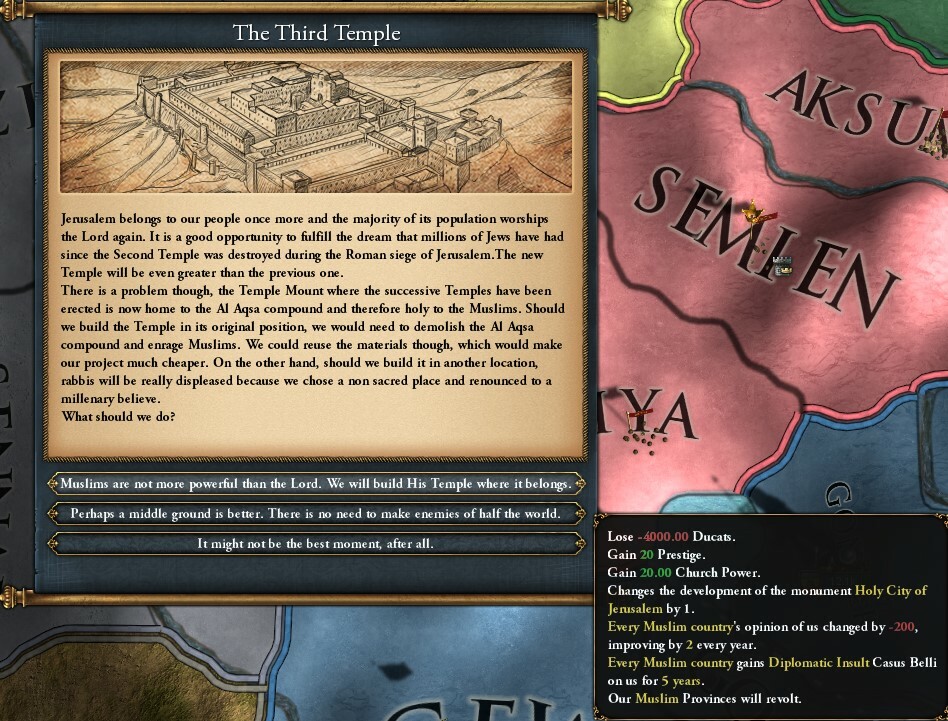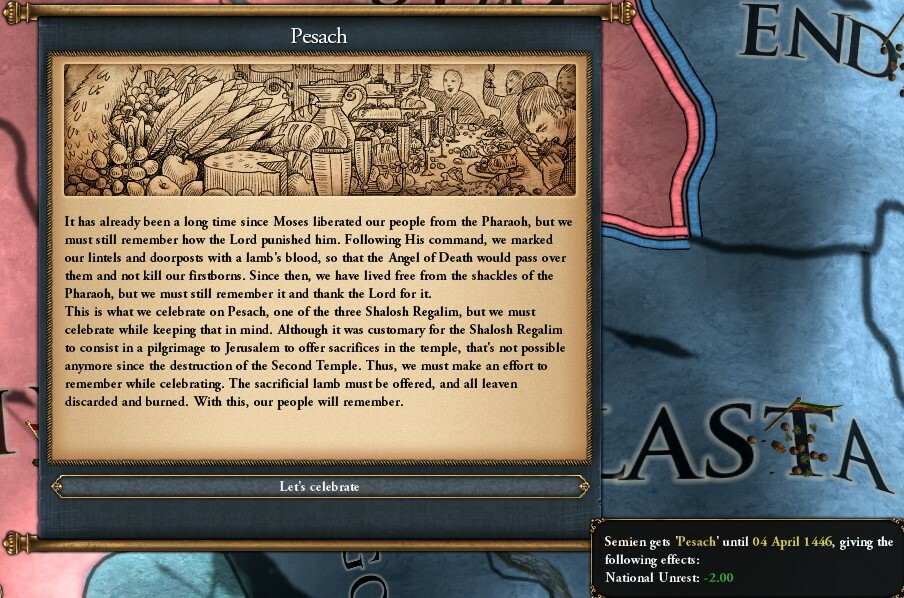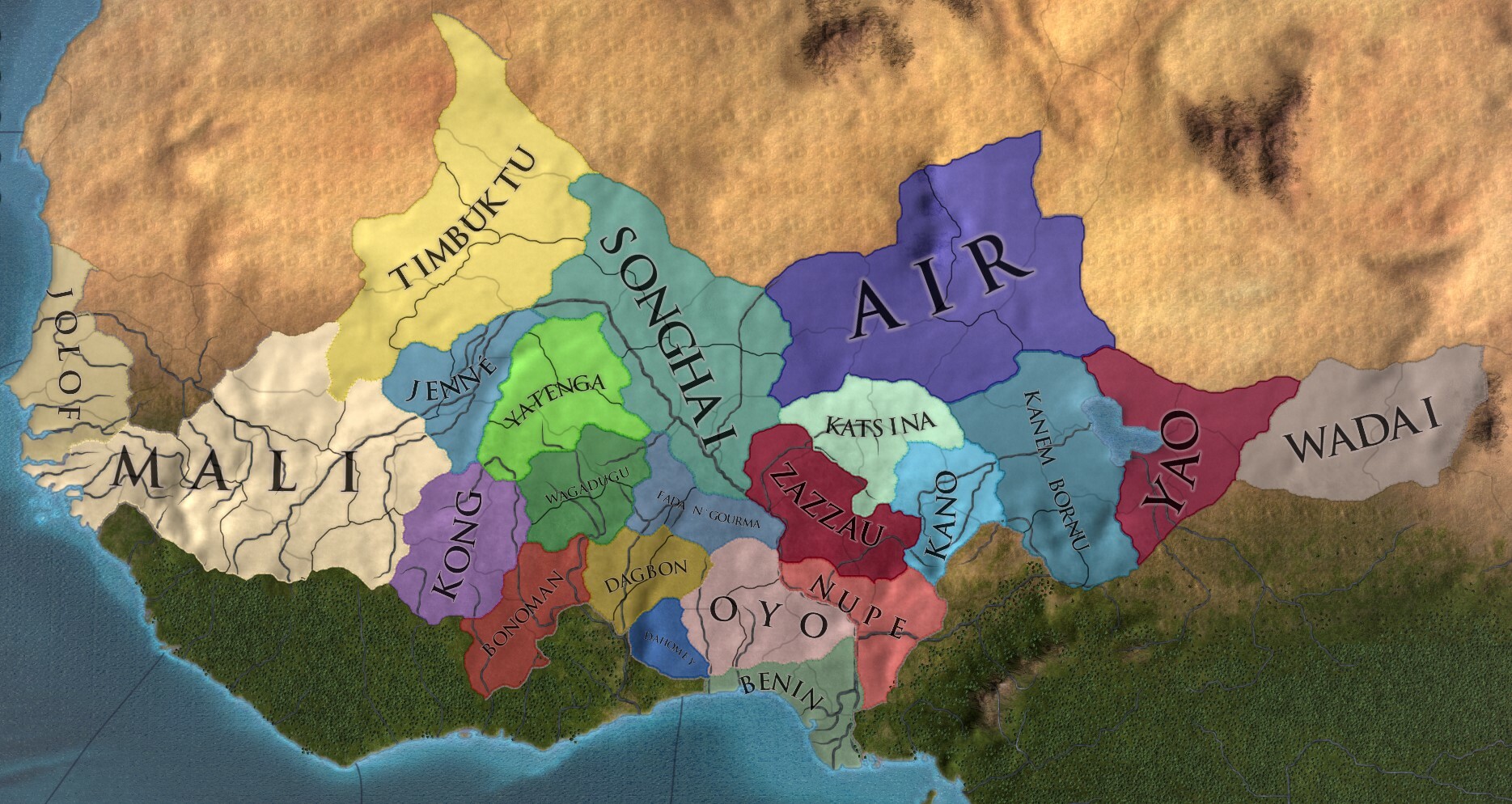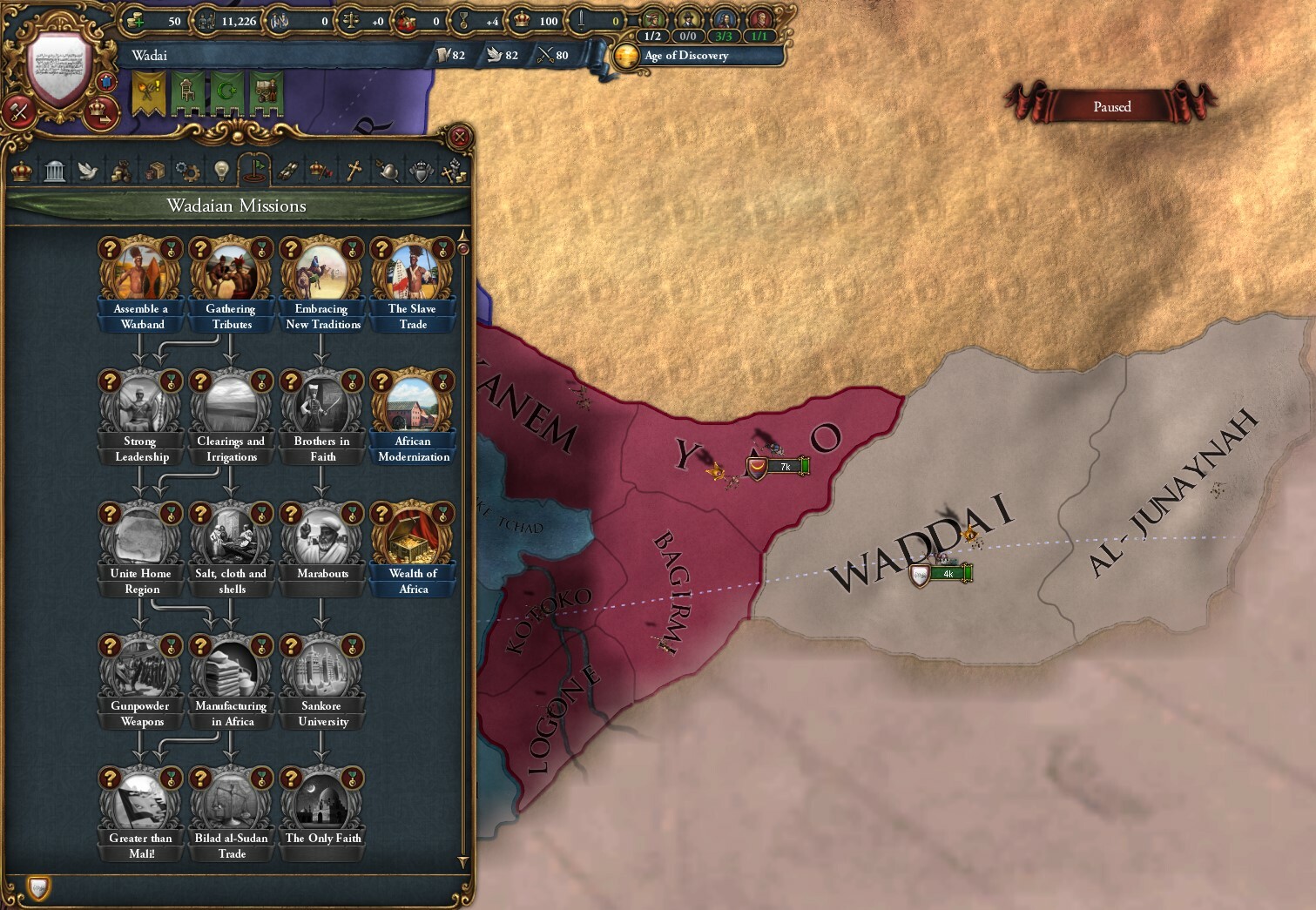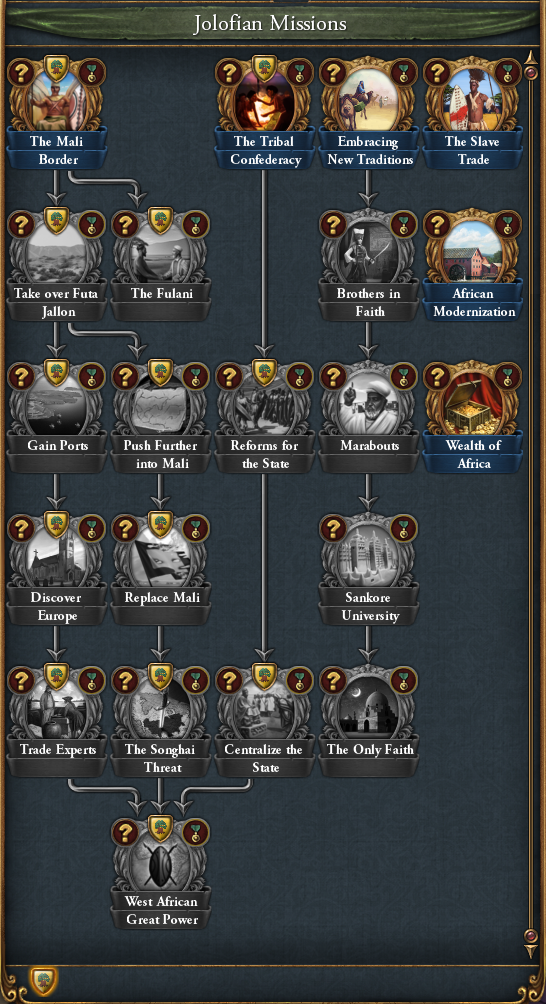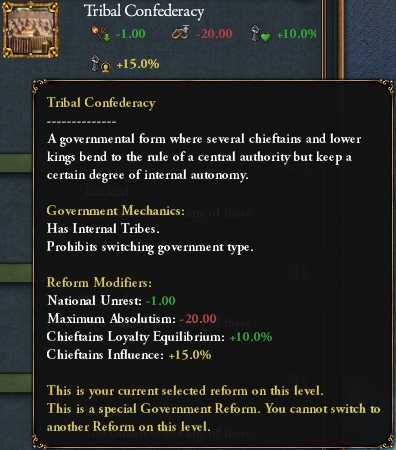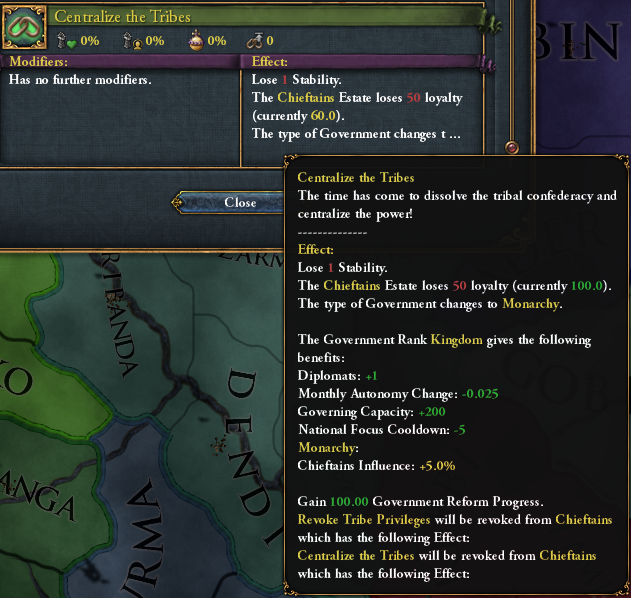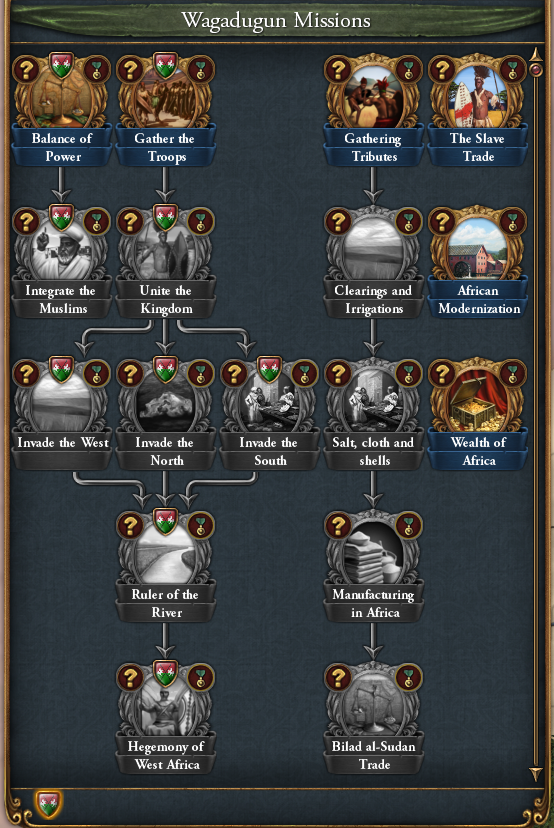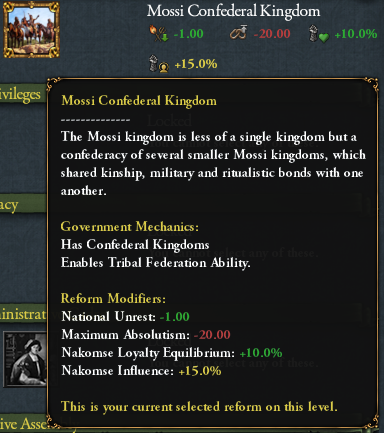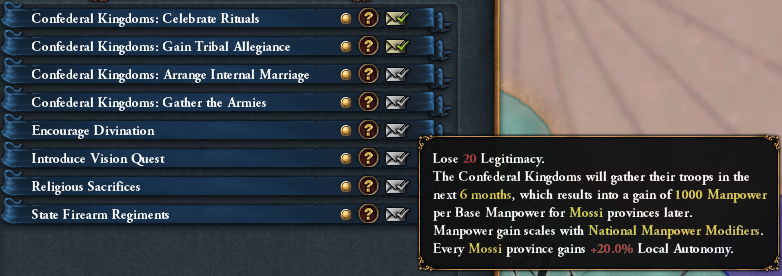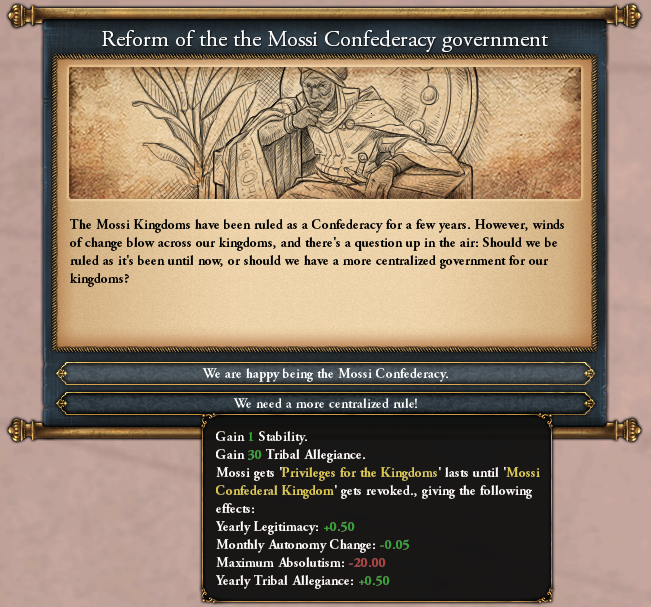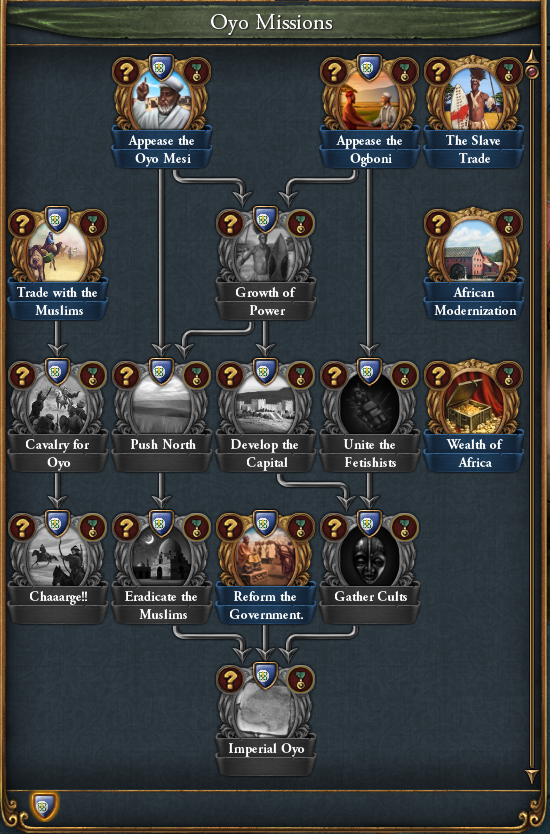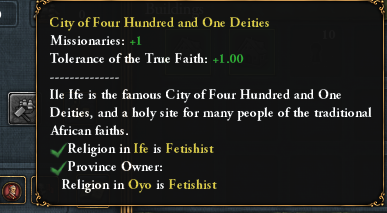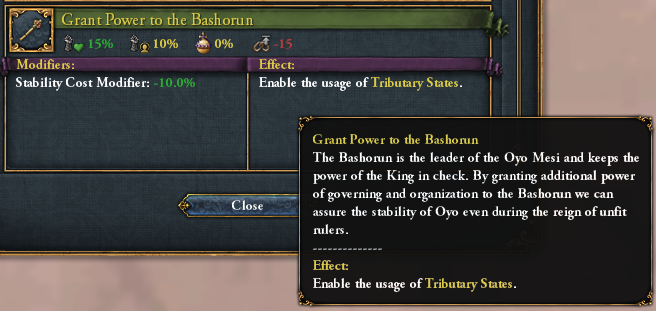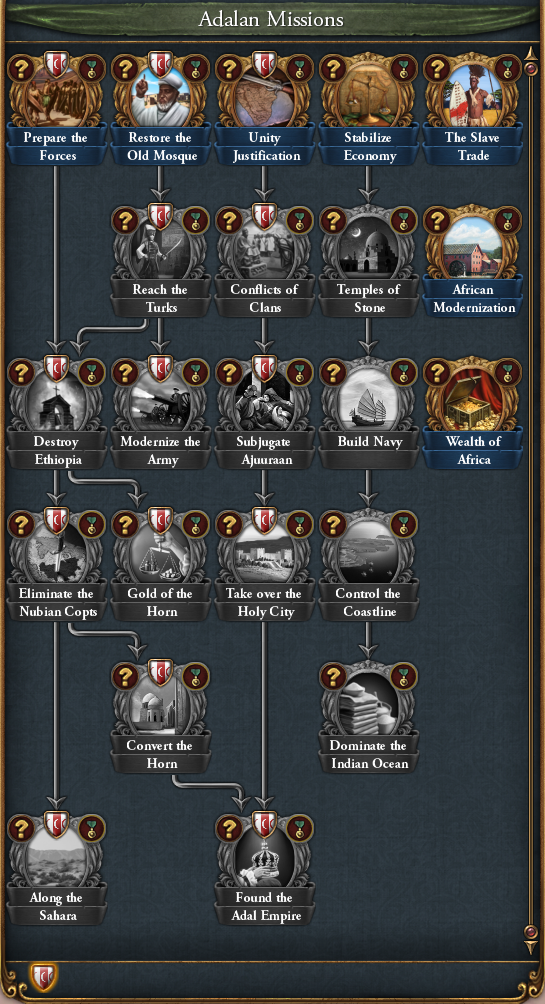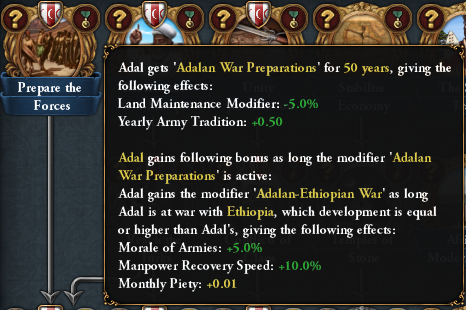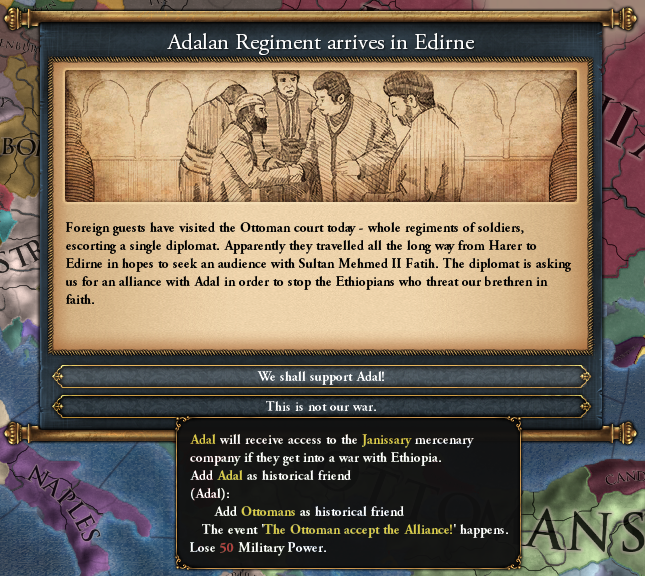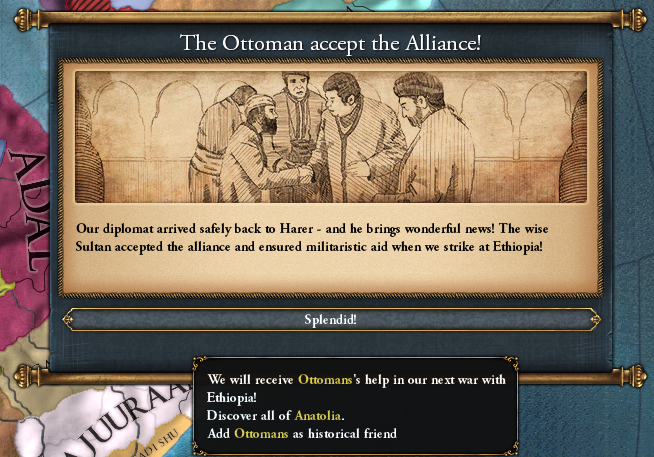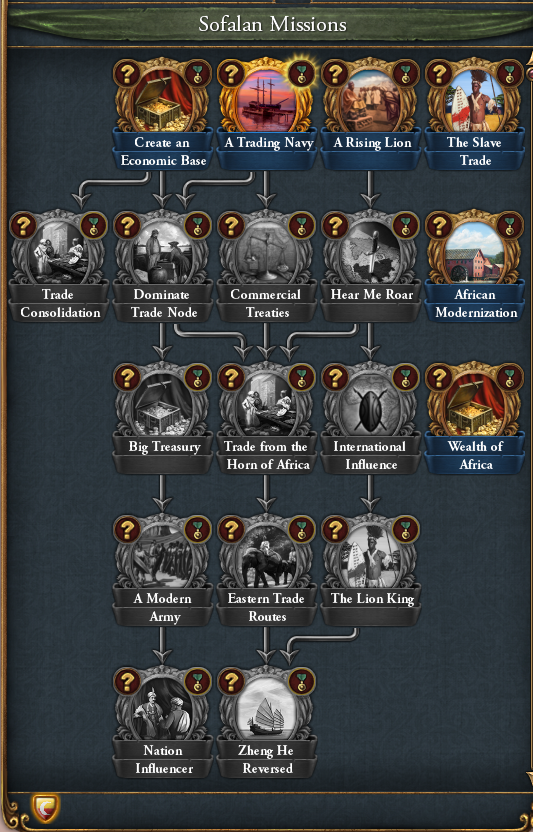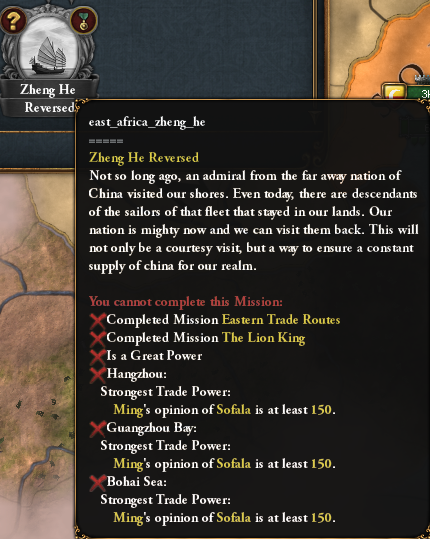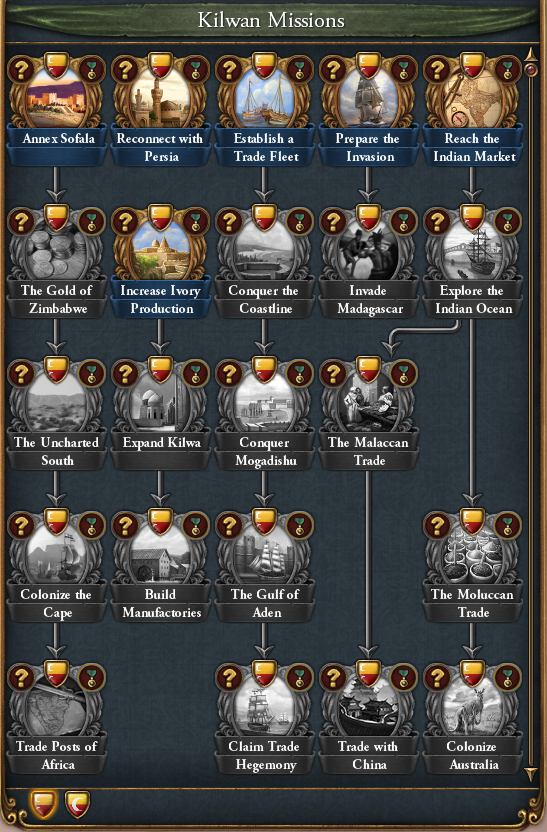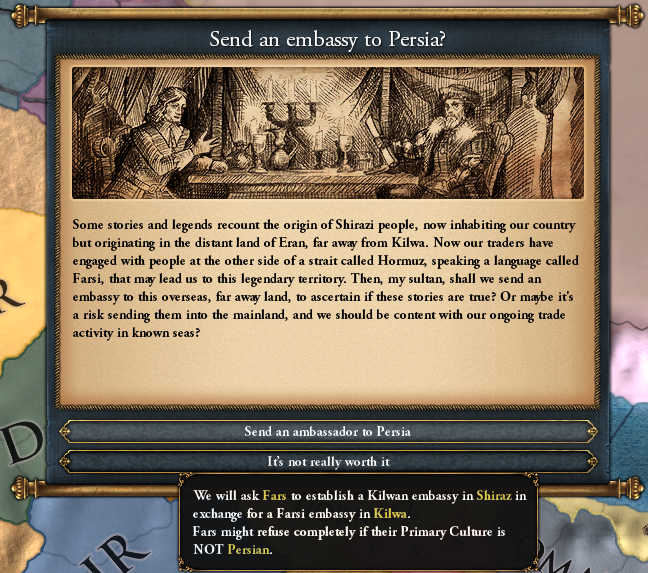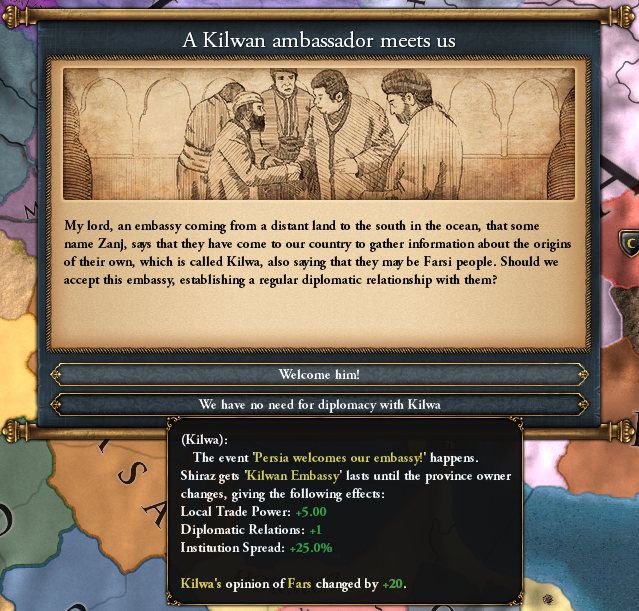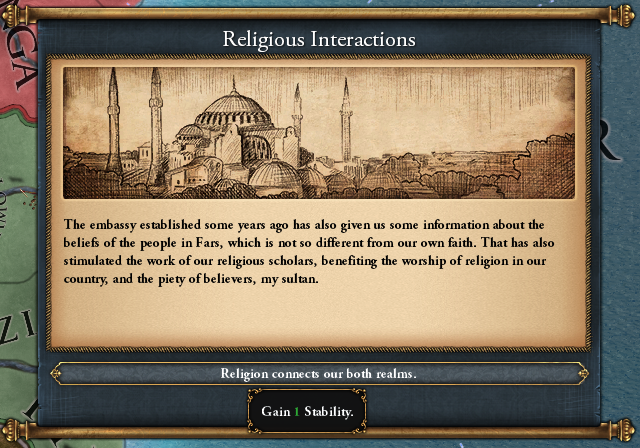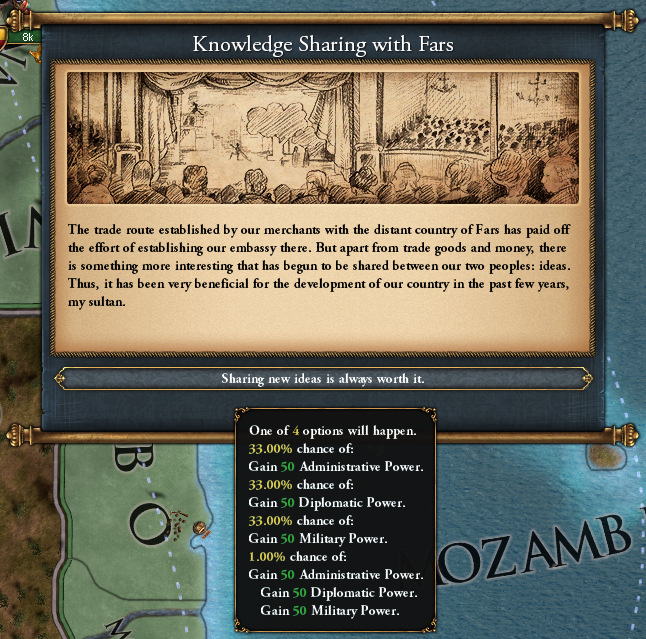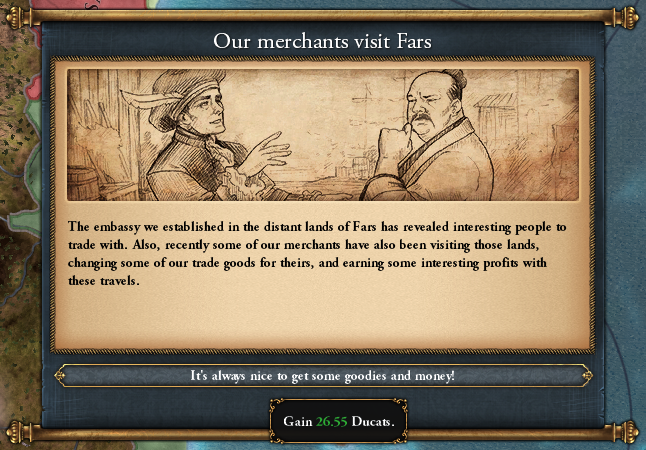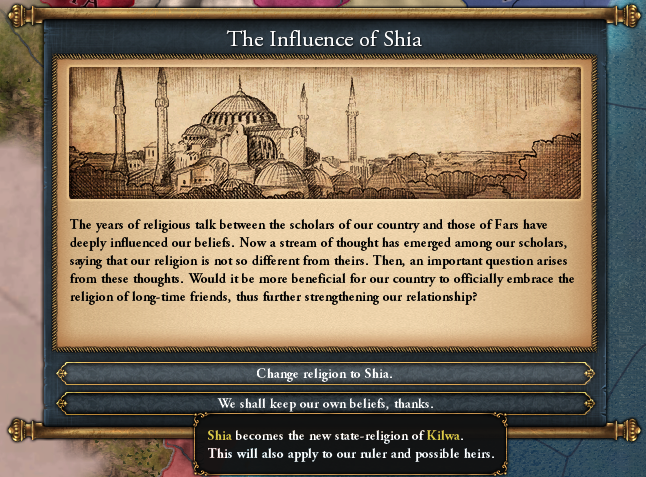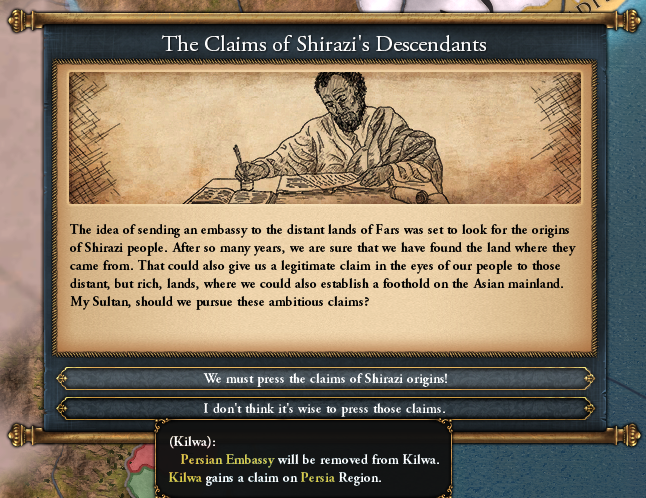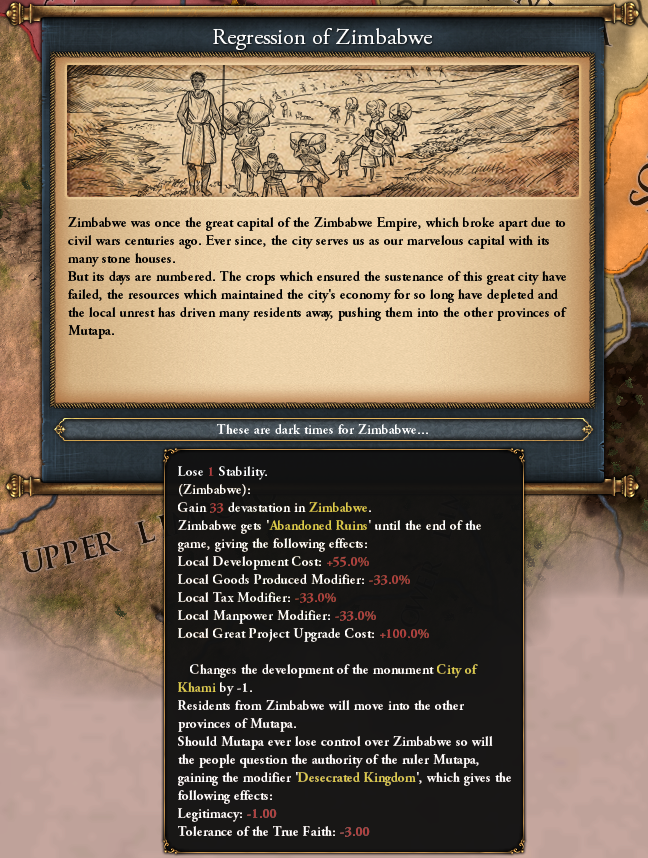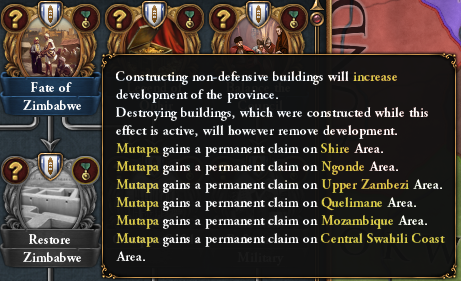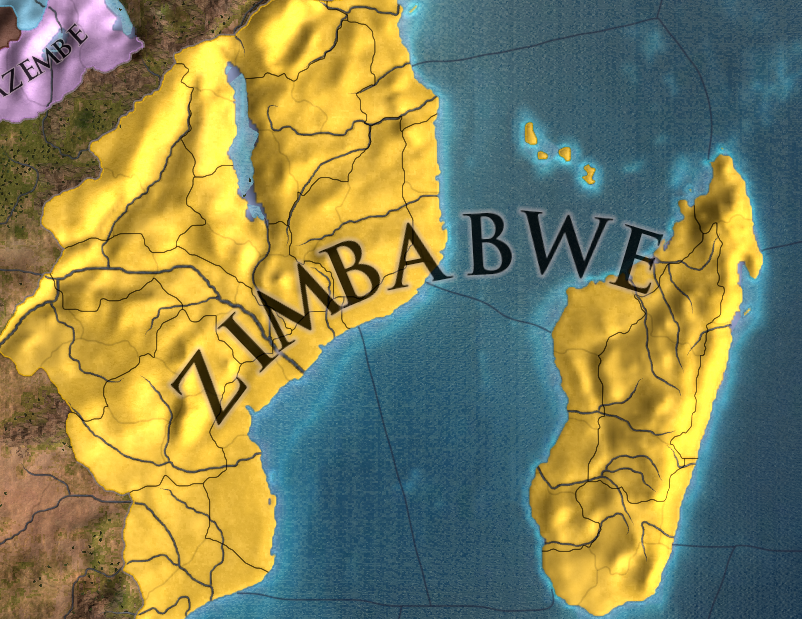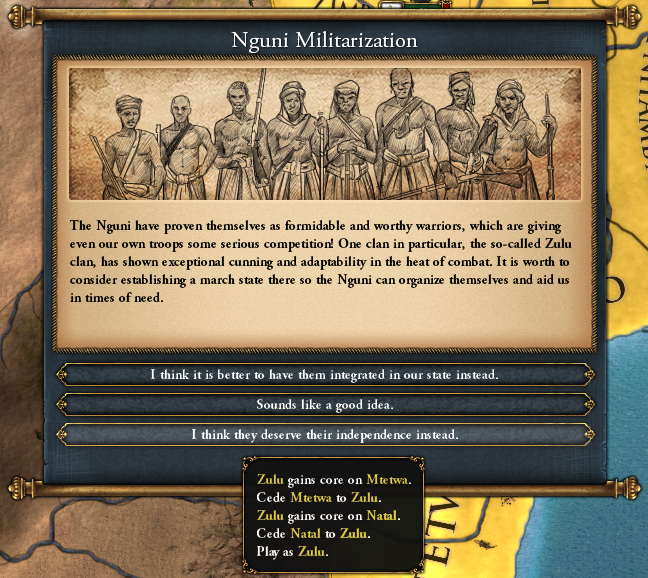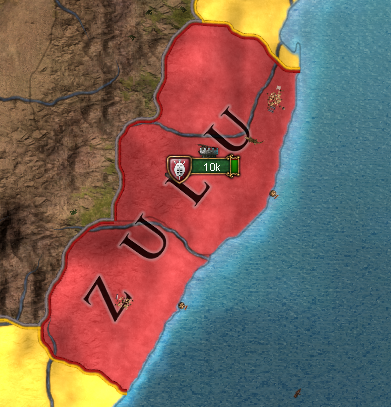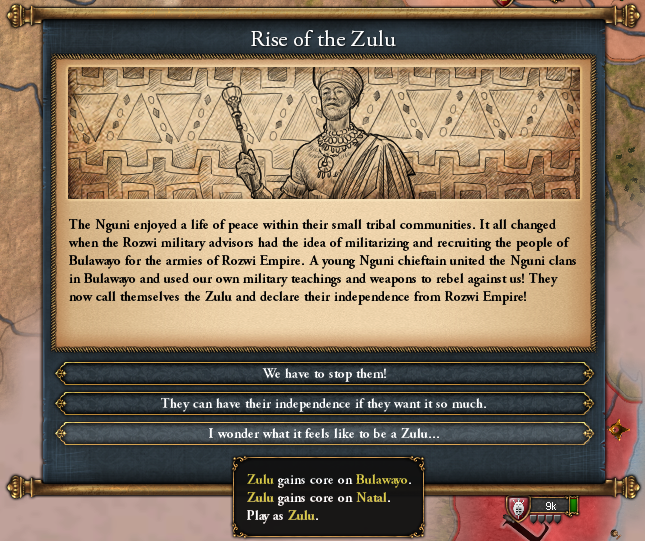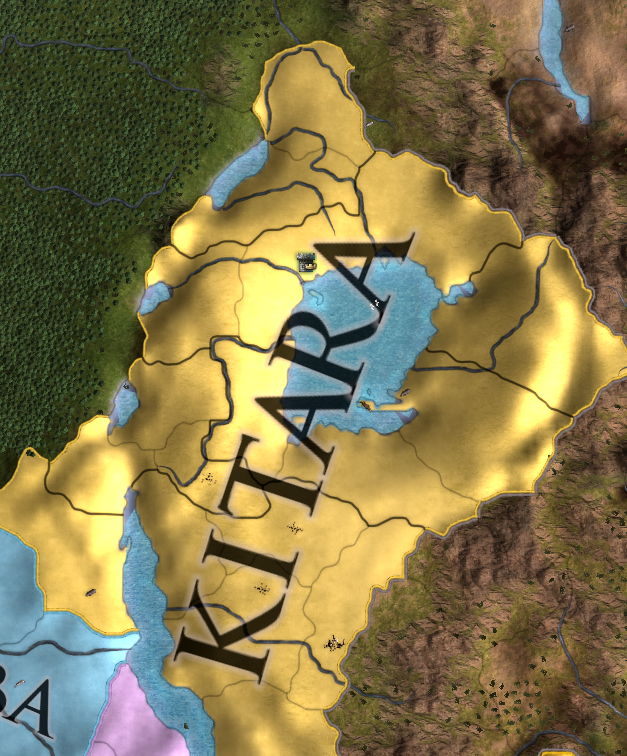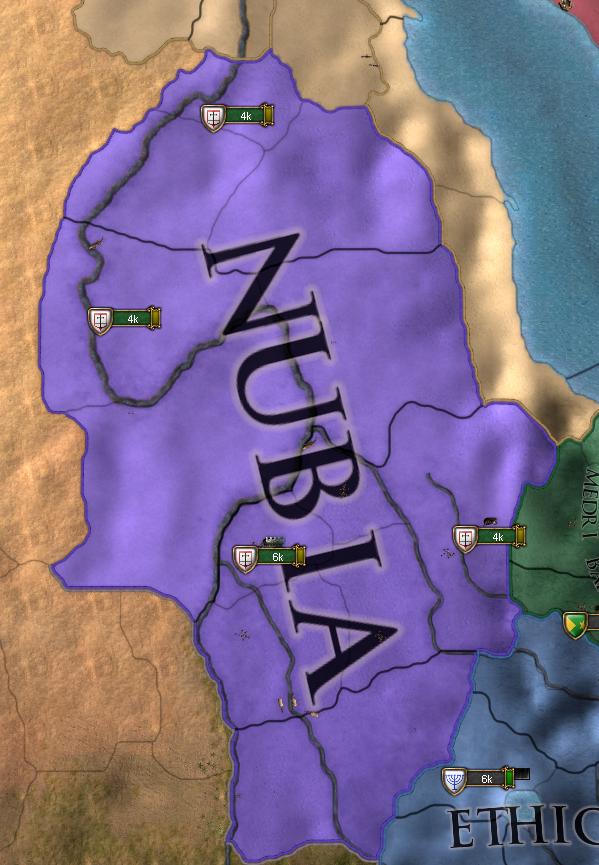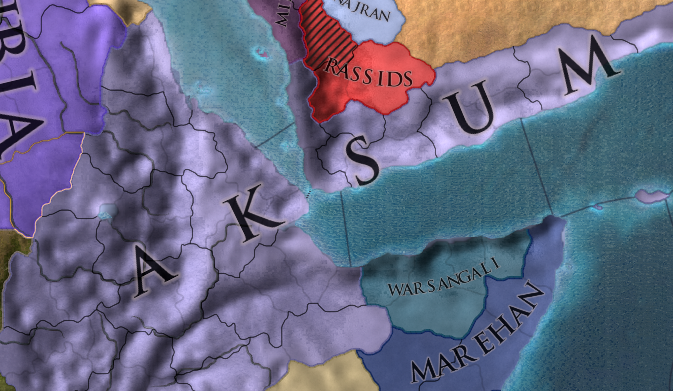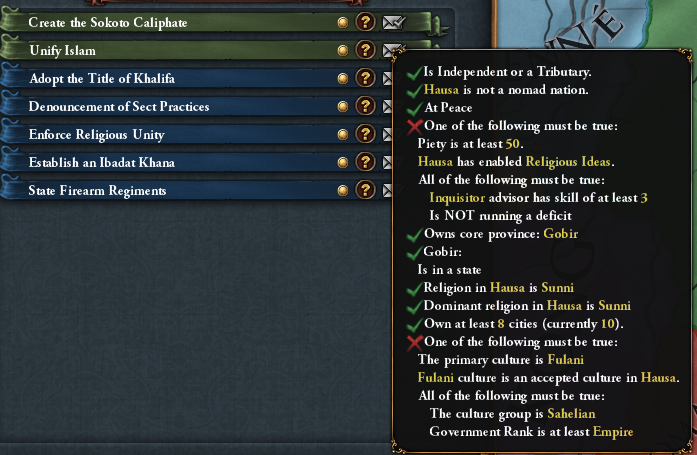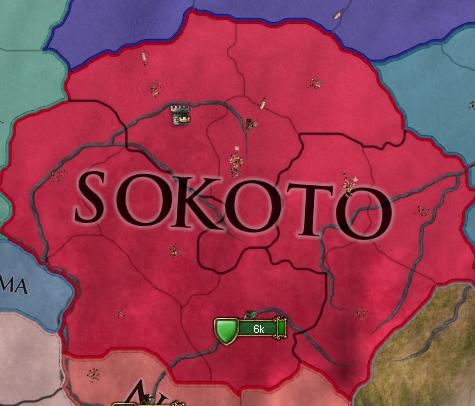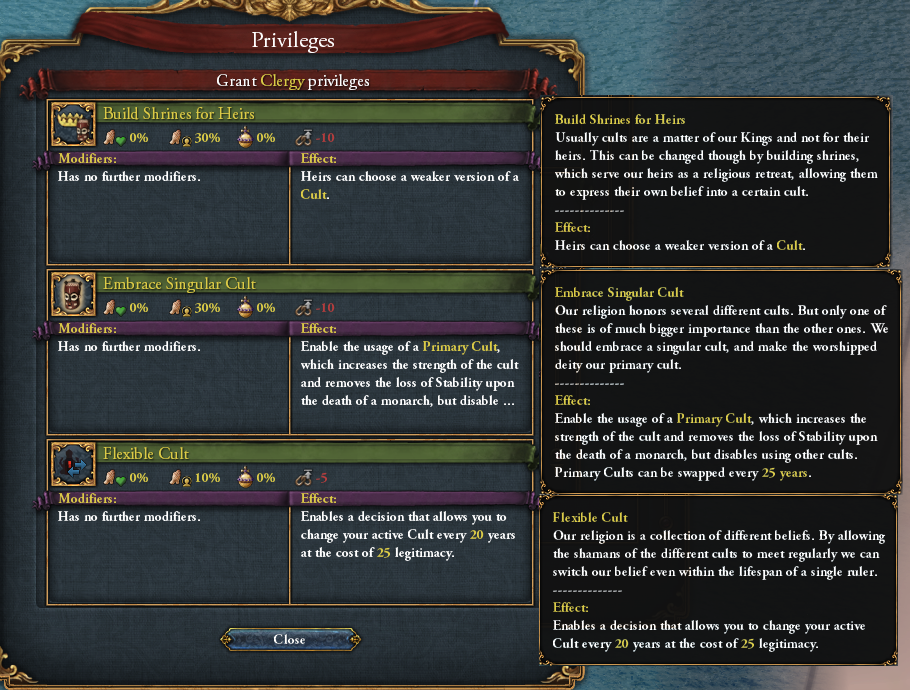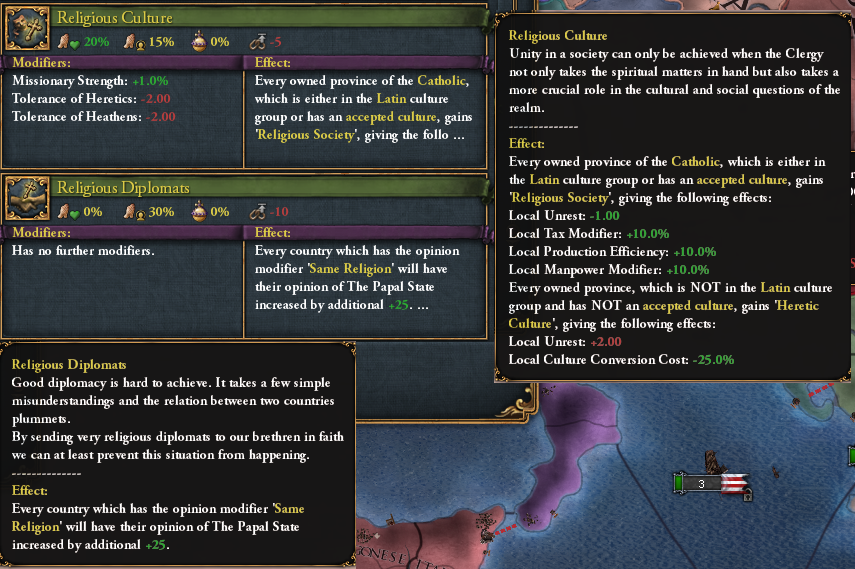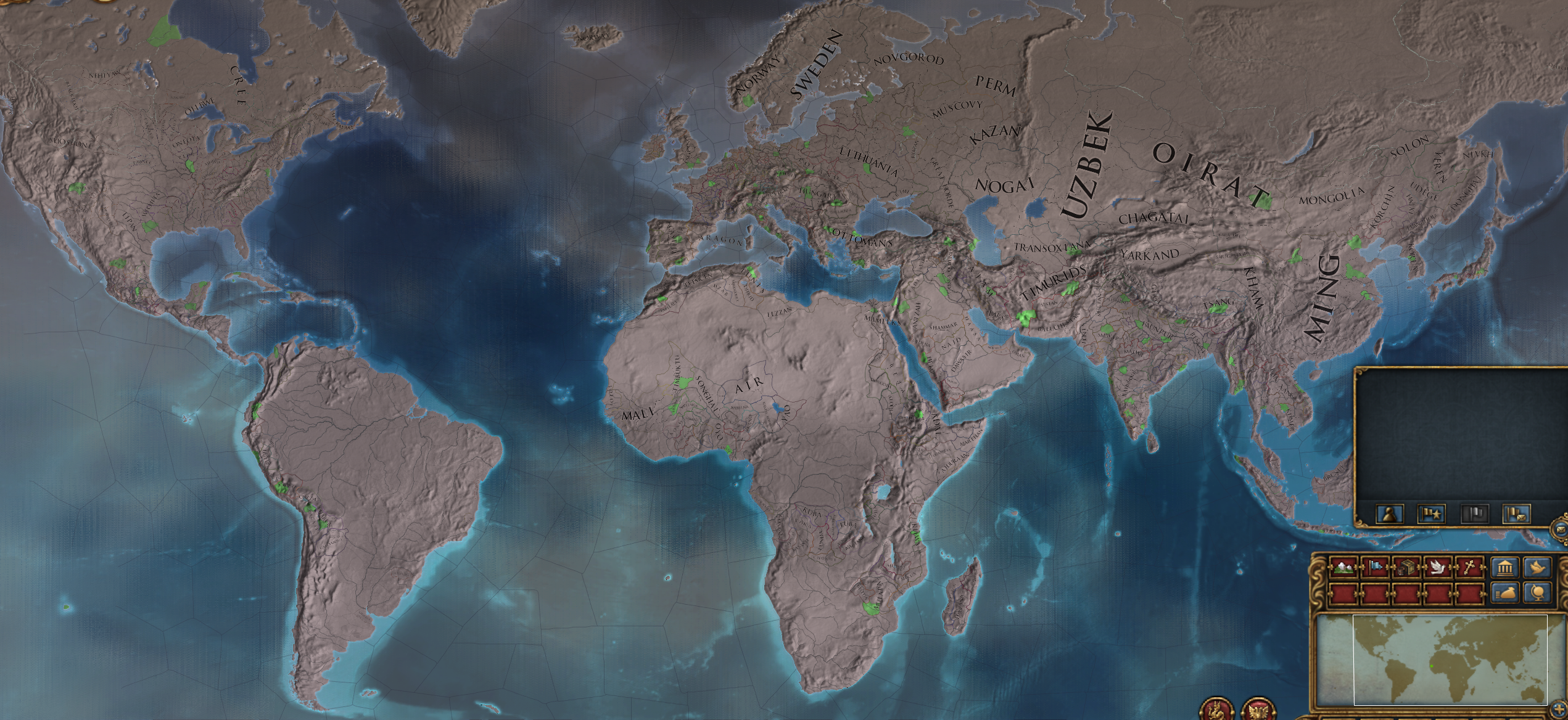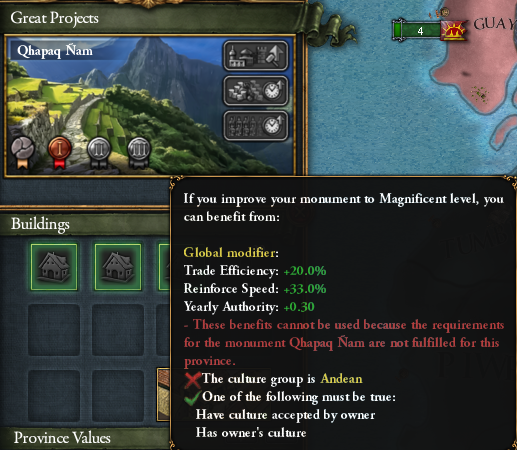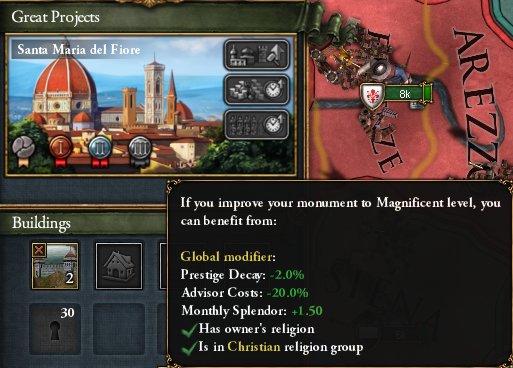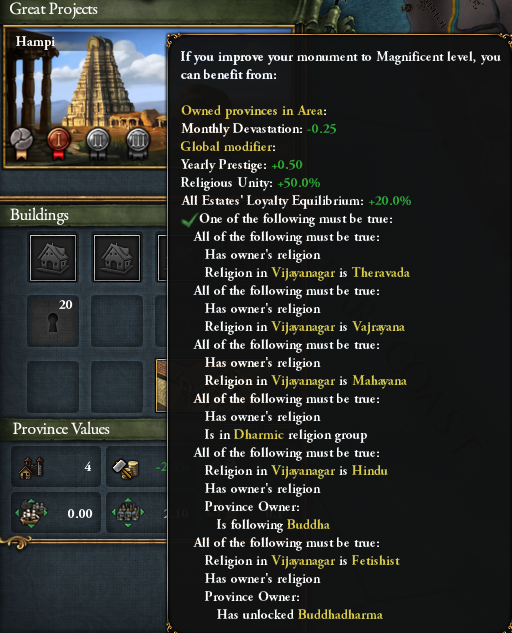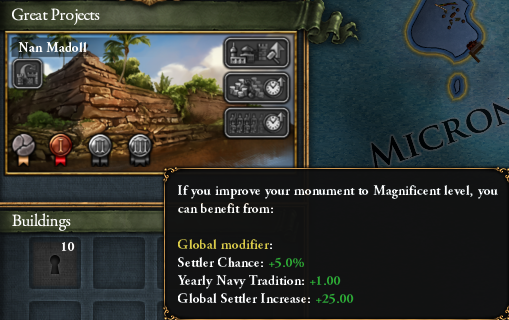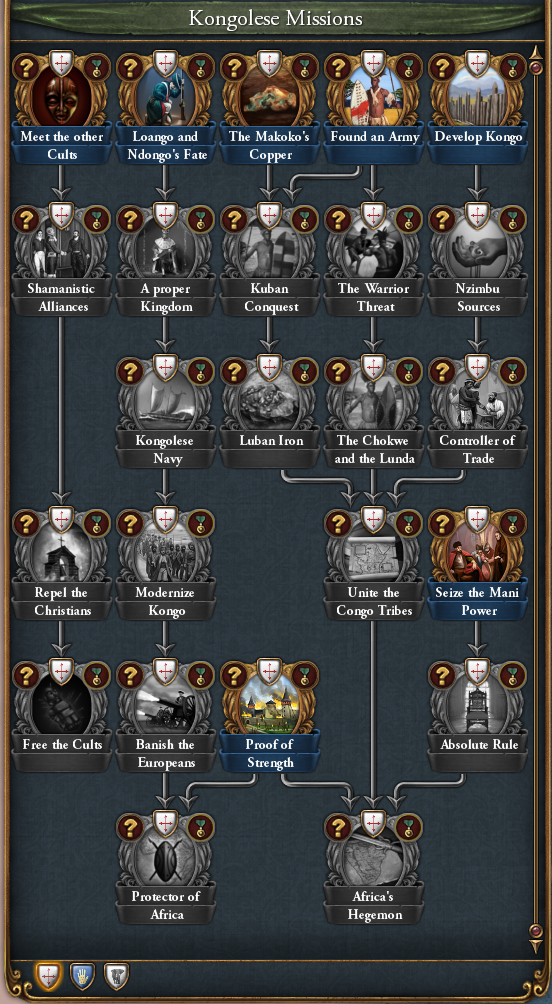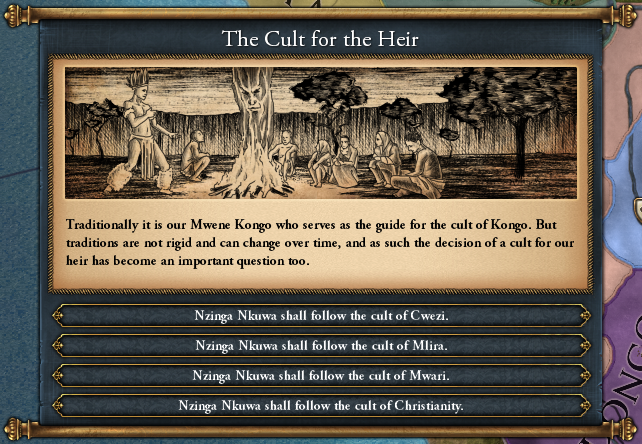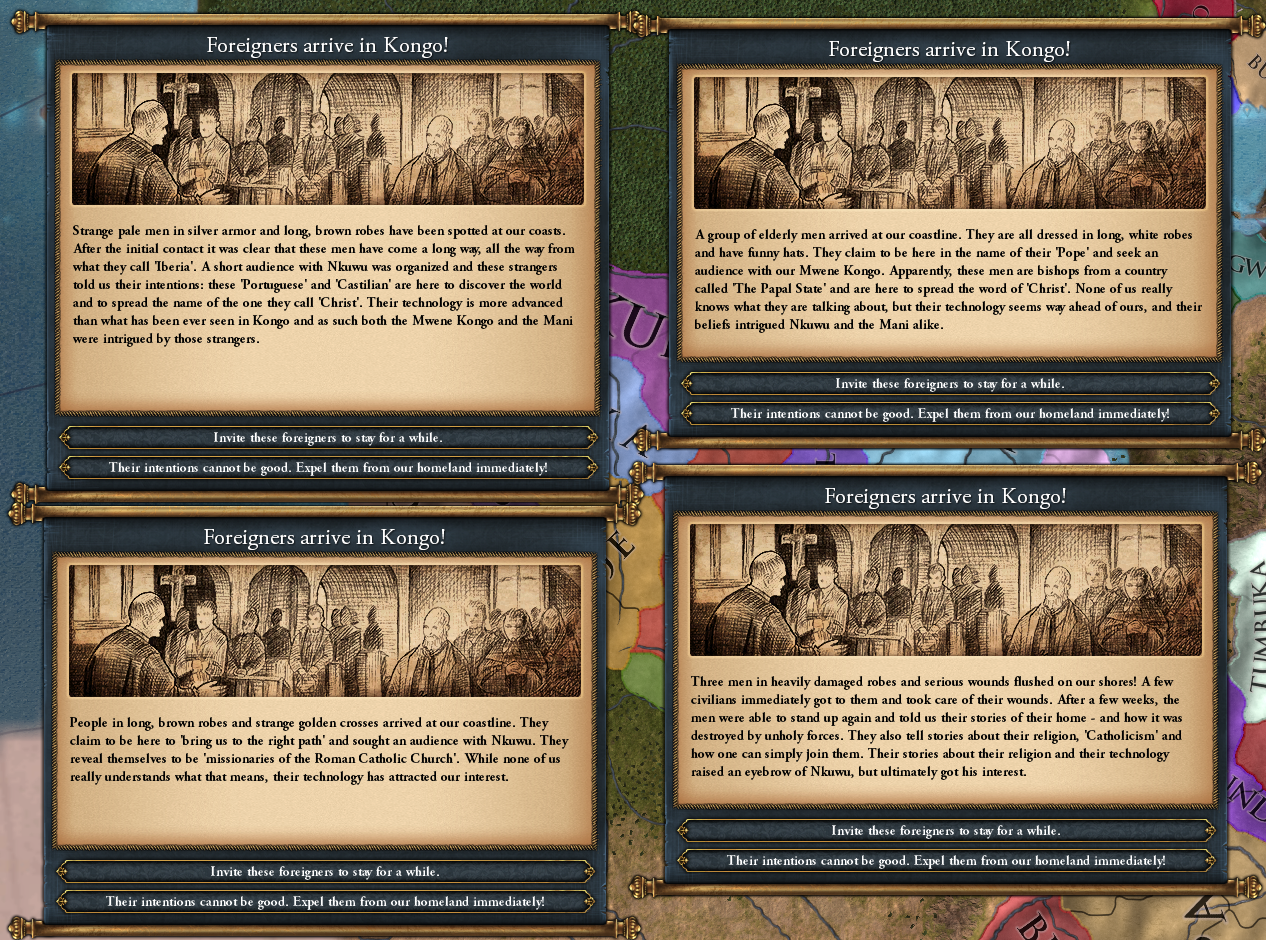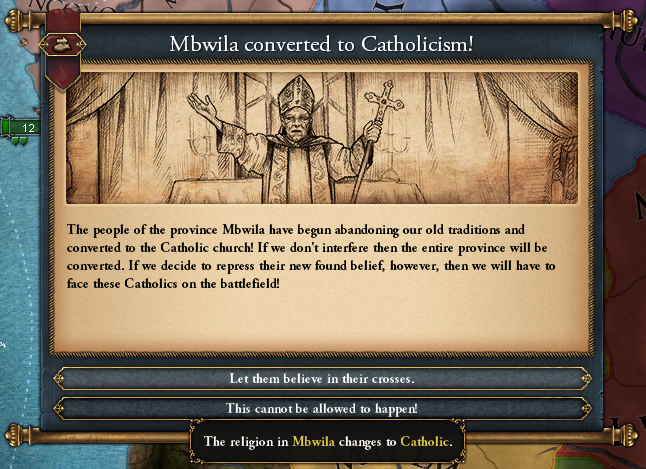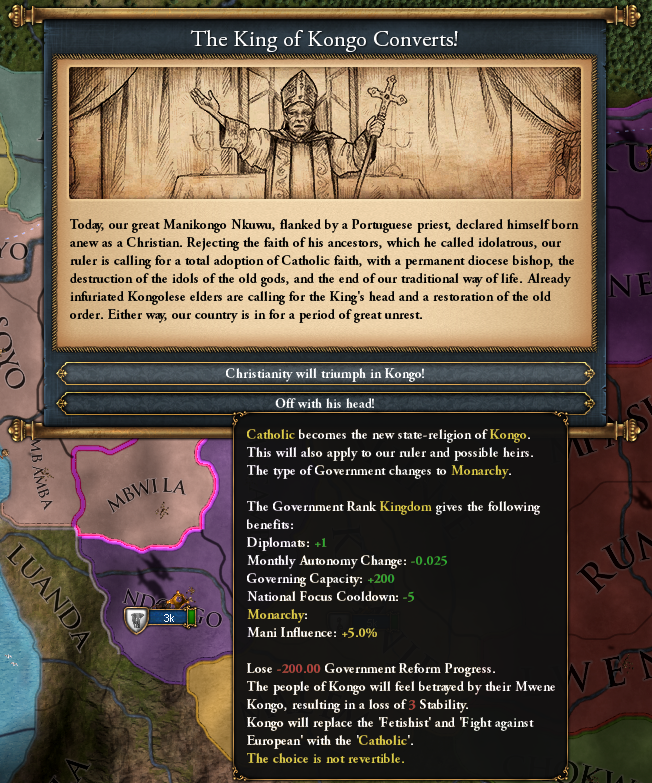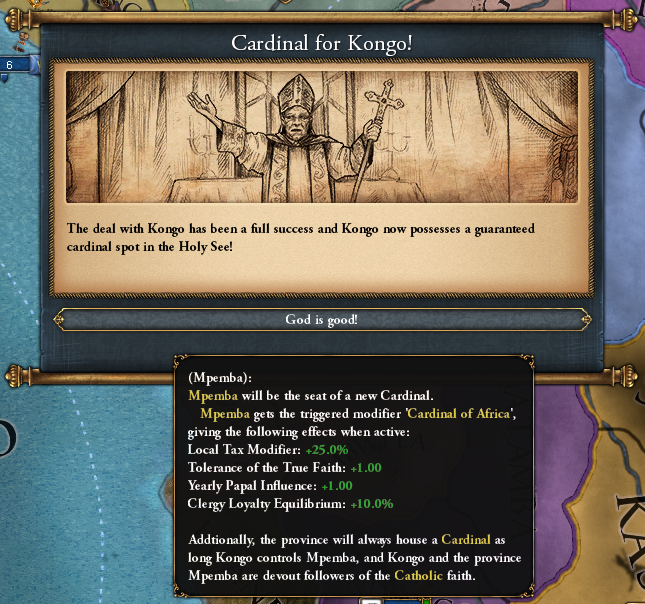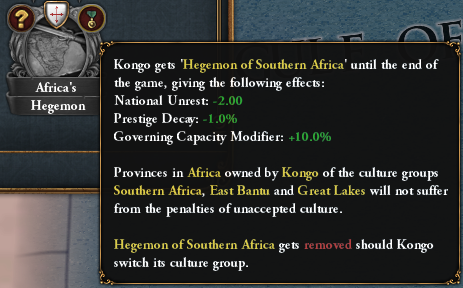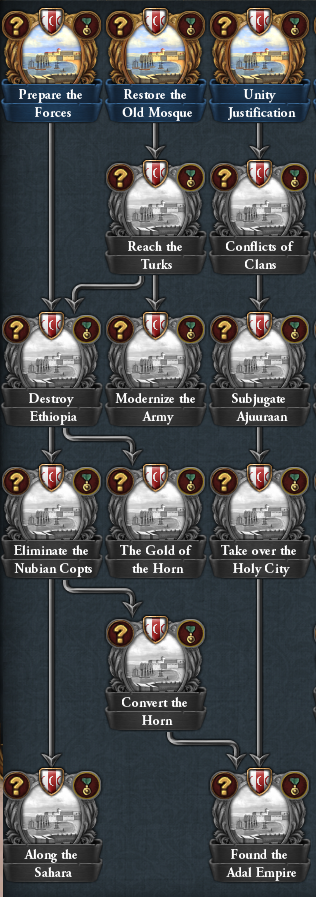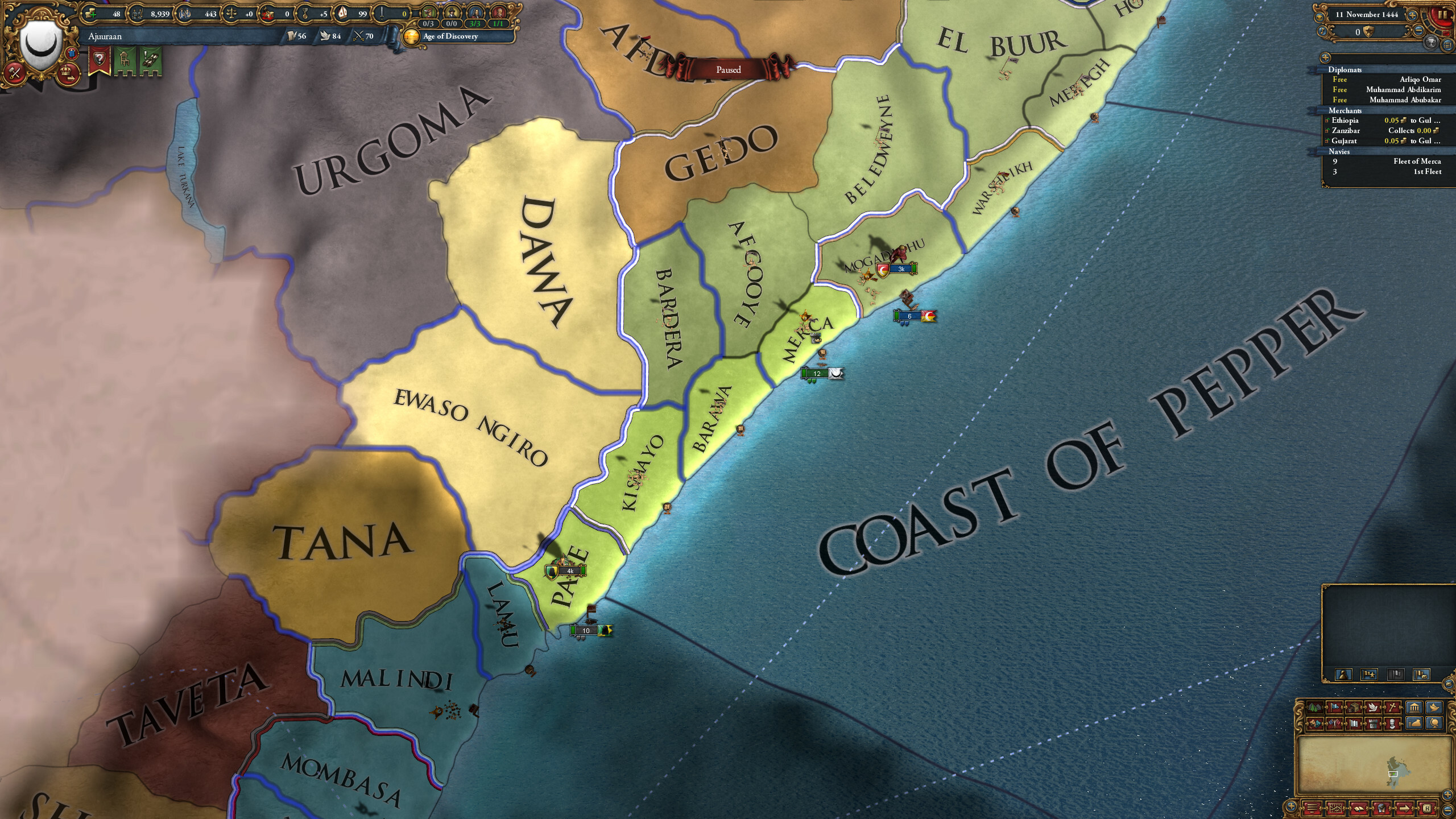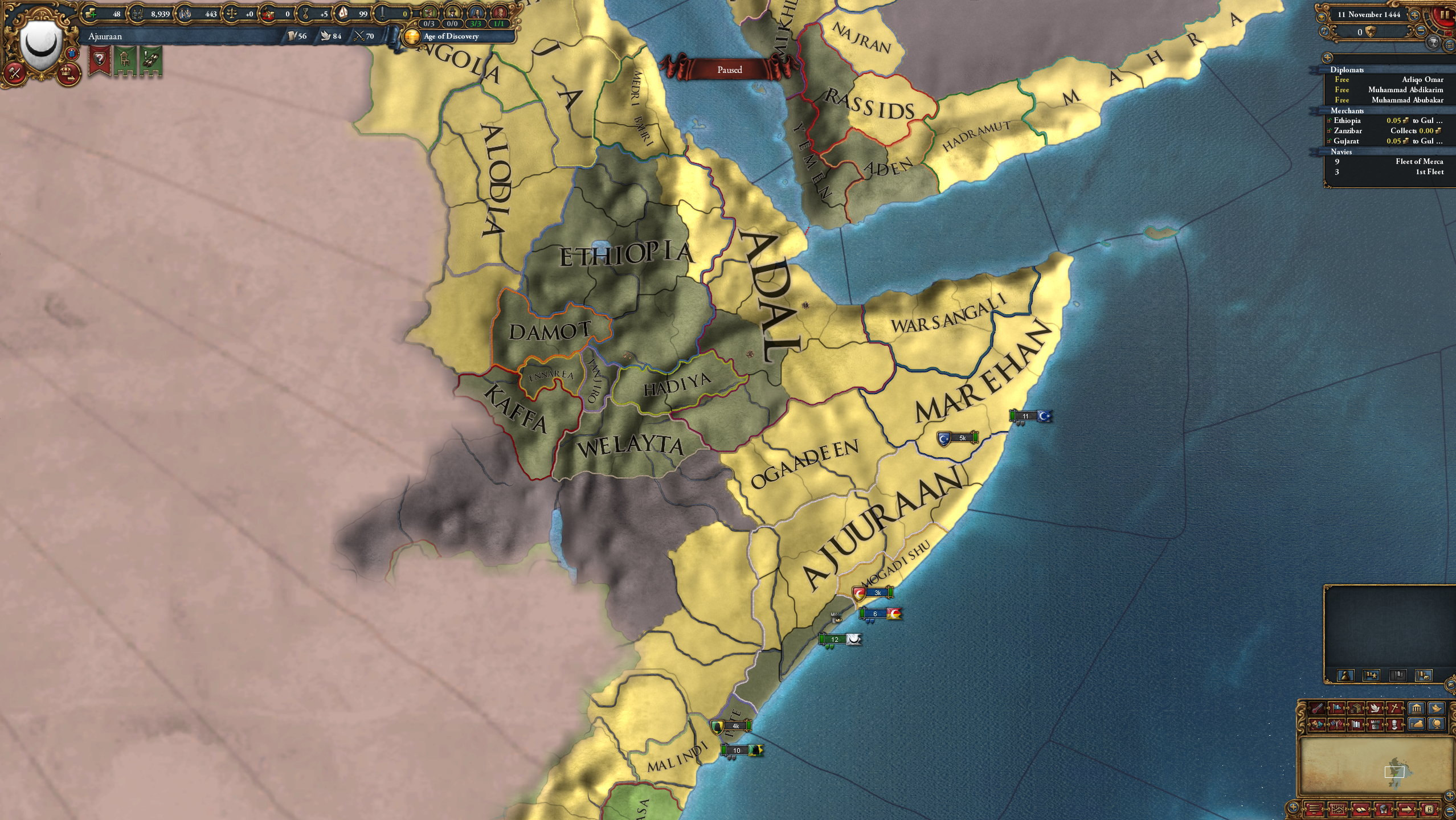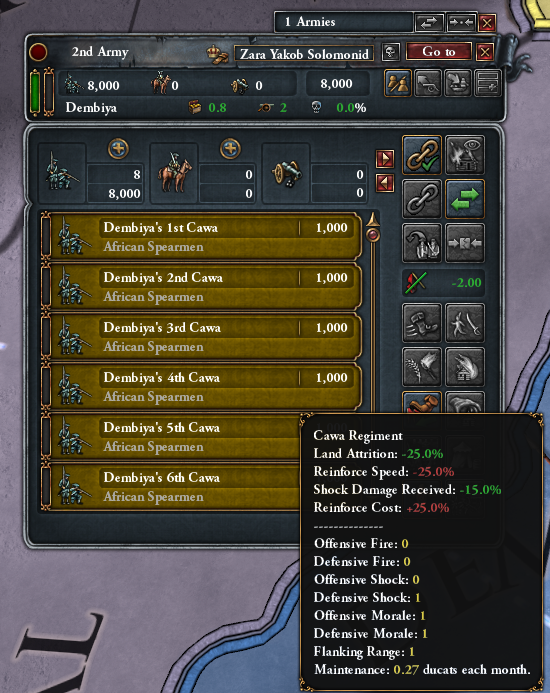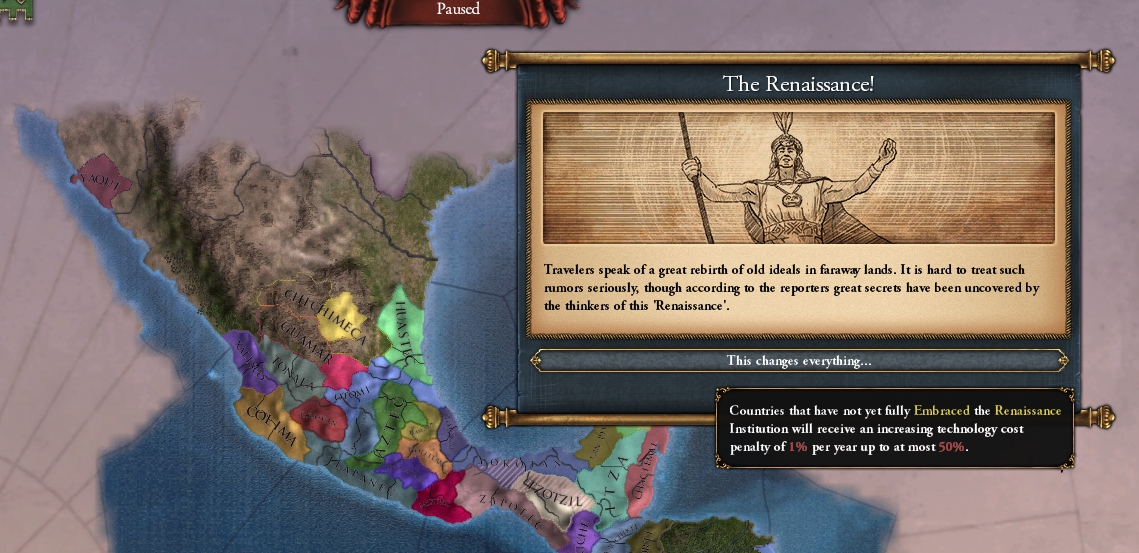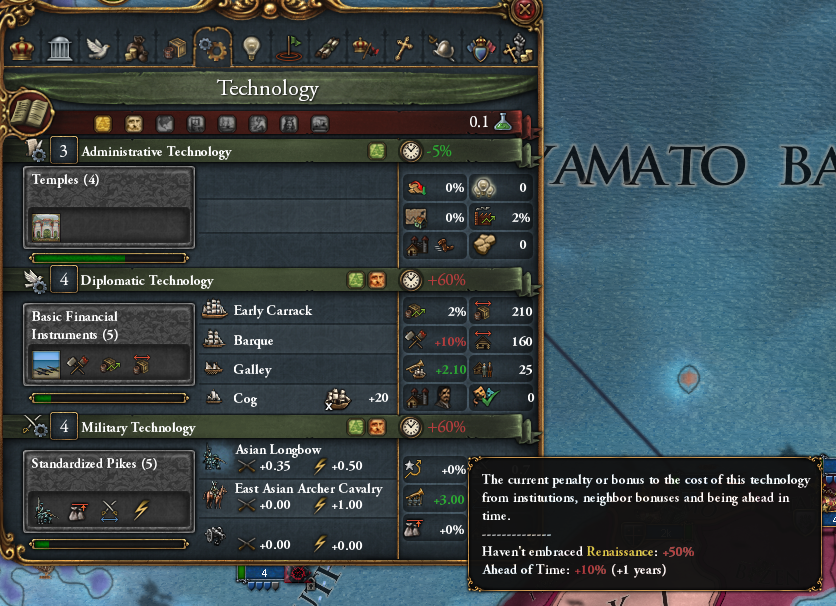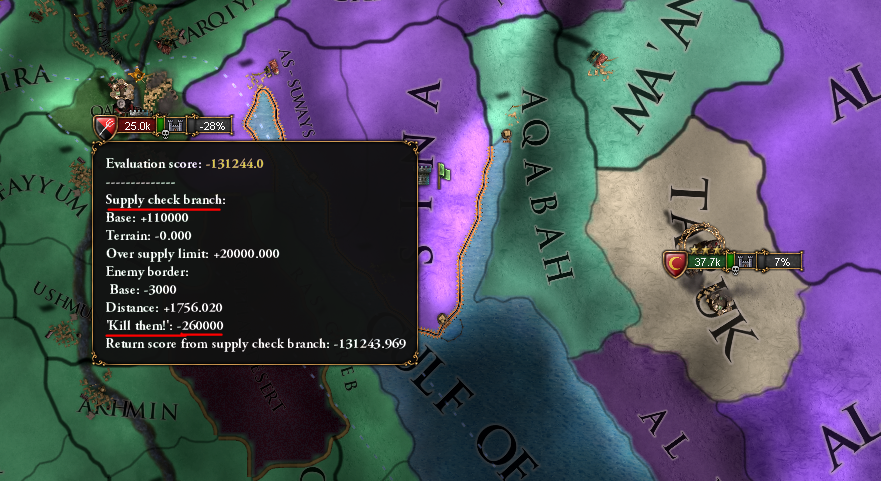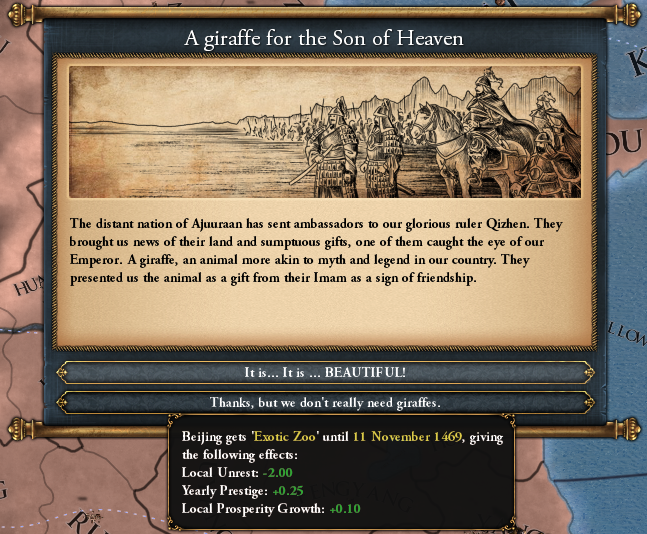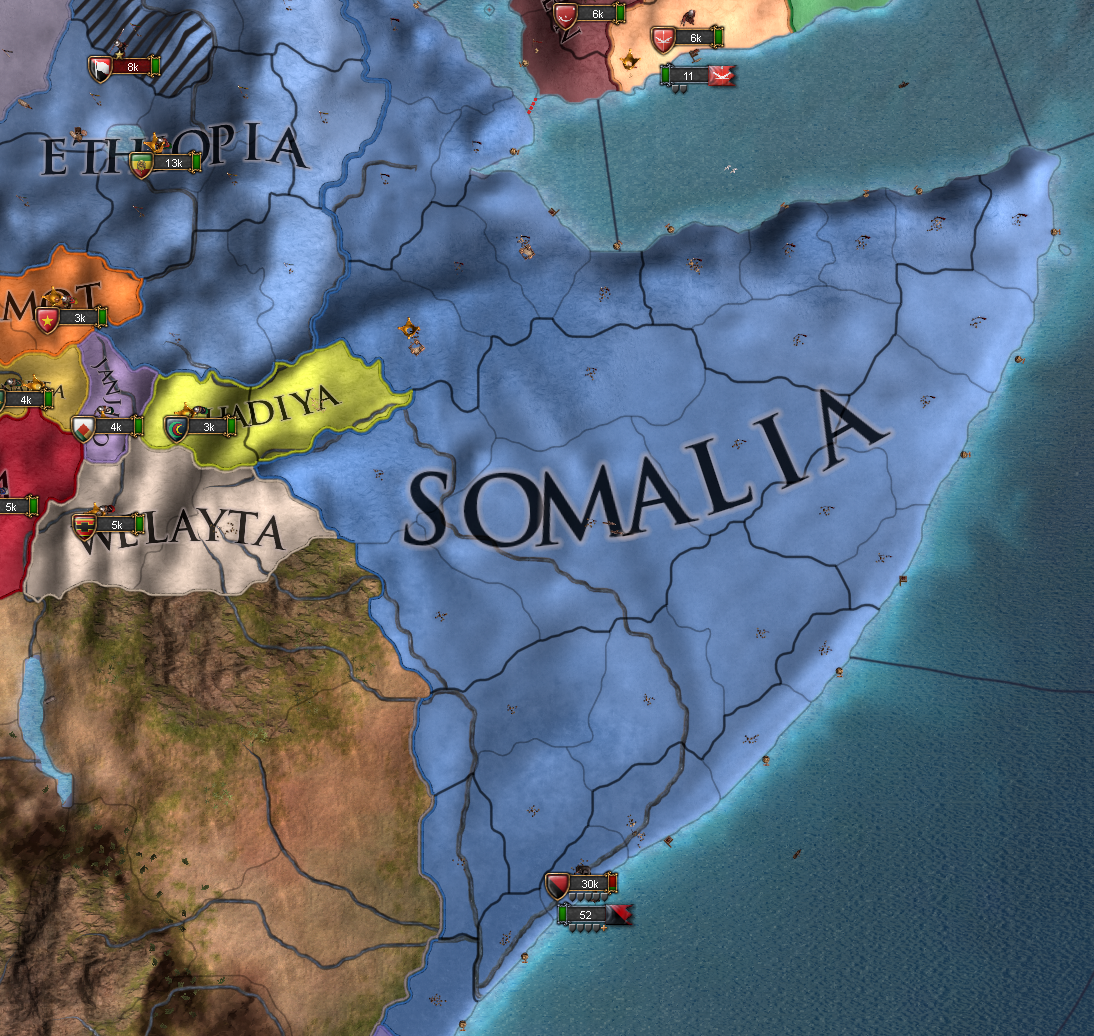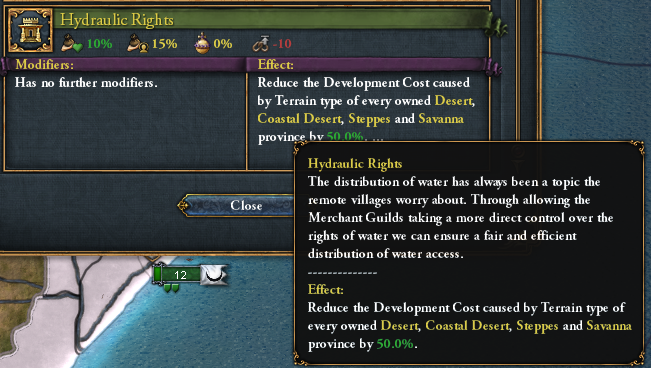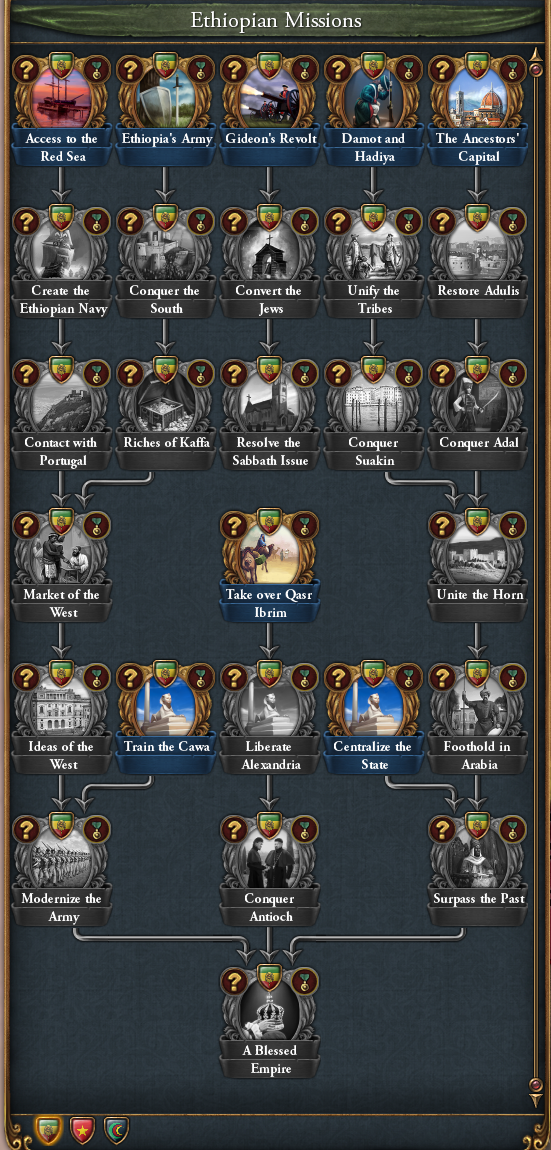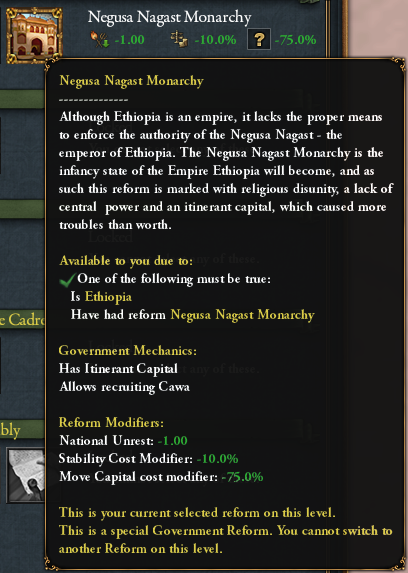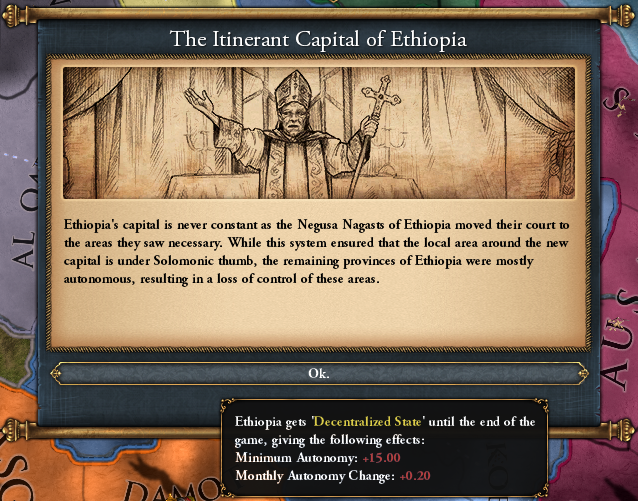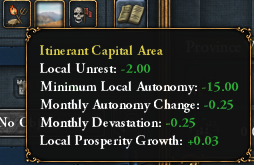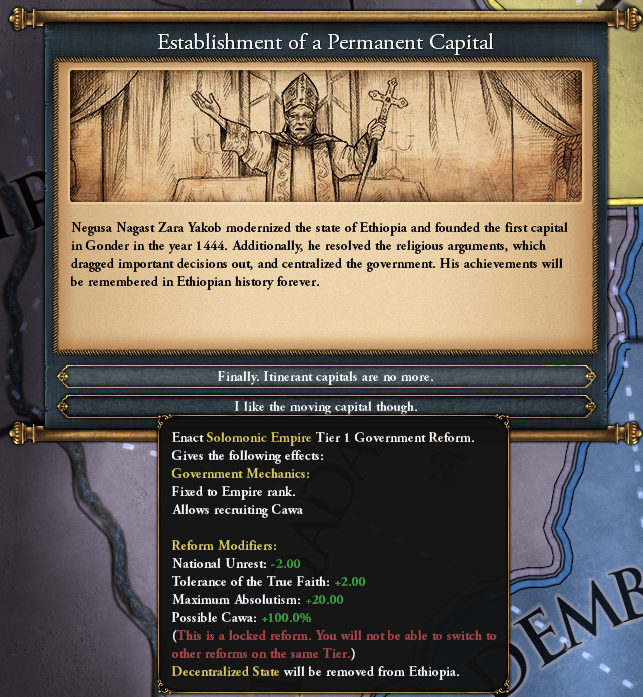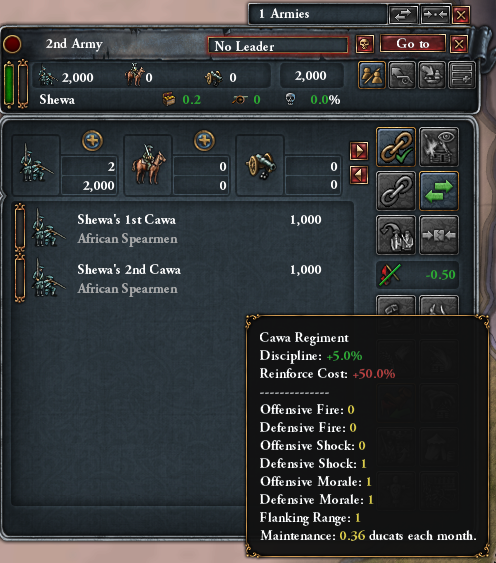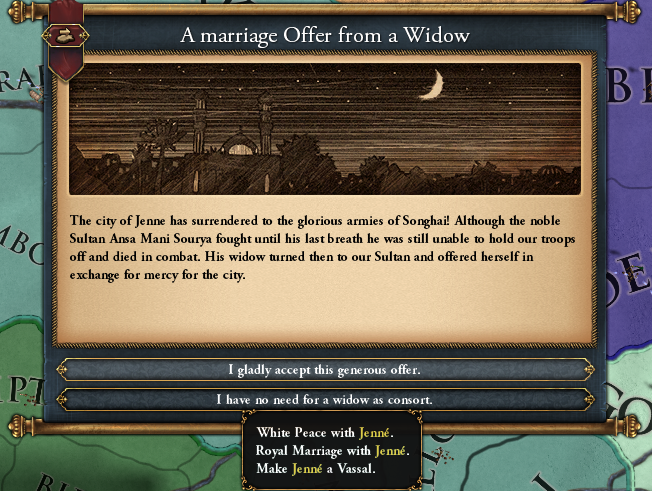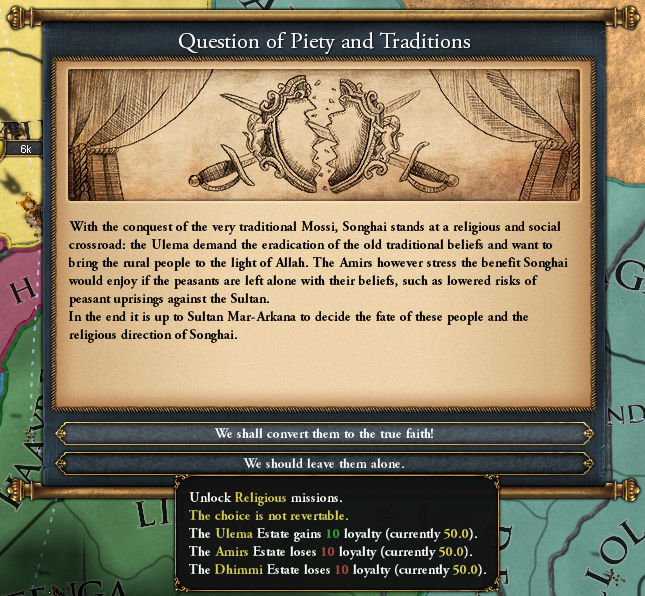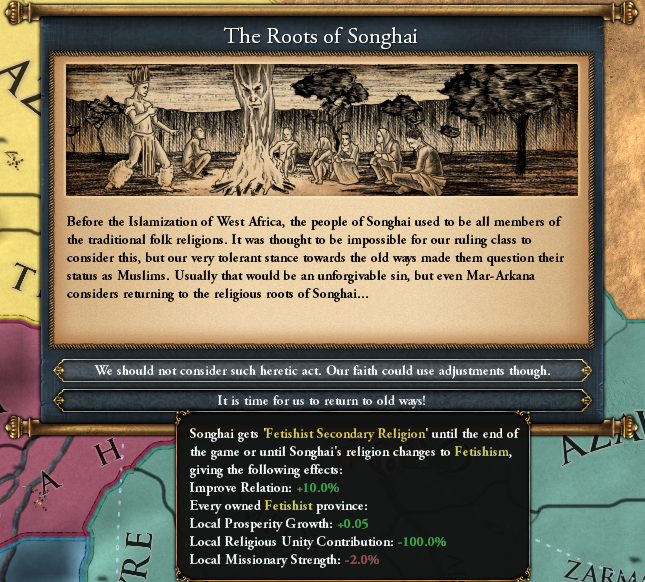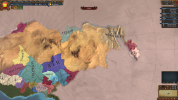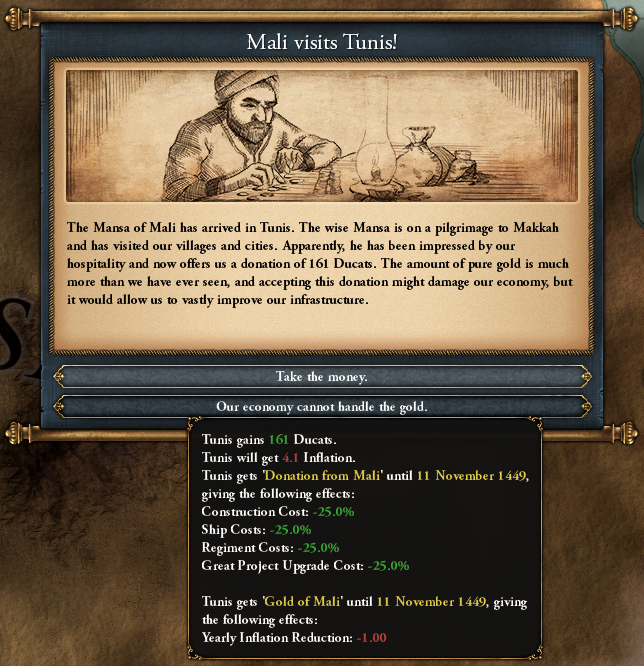
Europa Universalis IV - PDX_MordredViking
Welcome to this week’s dev diary. I’m David Horler, the Art Lead at Tinto, and I’m very excited to show you what the art team has been cooking up in recent months.
In the last year the art team at our Barcelona studio has exploded, rapidly expanding to the 9 talented artists that we have today—including every discipline from 3D character artist to UI developer. We have so much interesting stuff planned for the future, but for now I’ll introduce to you some of the work we’ve already done for Origins.
So what is the process for making art in one of our immersion packs? The first thing that happens is the brief, in this case Johan asked us to prepare 16 unit models and 2 missionaries for sub-Saharan Africa, a hugely underrepresented area in terms of previous art DLCs.
We opened up the game to see which cultures are missing art, and while East and West Africa already had unit models, we noticed a large area of southern Africa that was not already covered by unit packs.
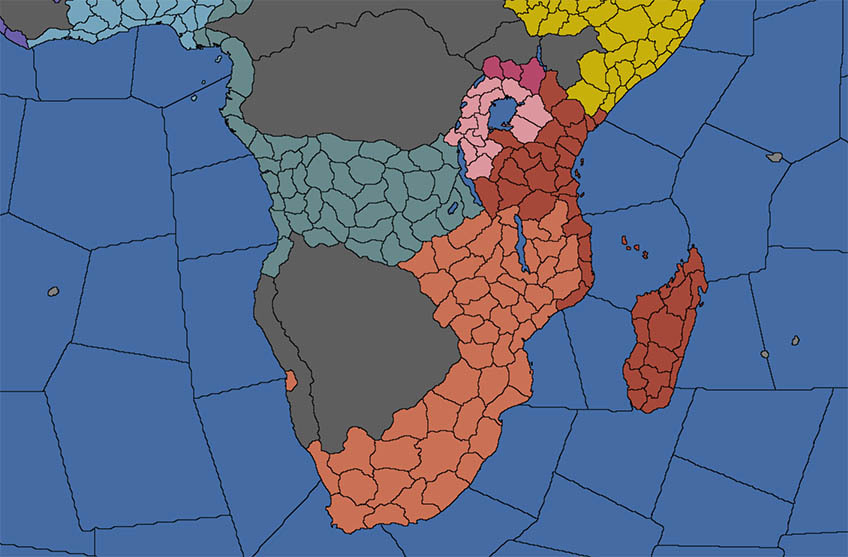
Our artists started doing research for interesting and unique types of clothing historically worn by people in this area. Historical authenticity is very important in this kind of game so we were careful with our references. However, we permitted ourselves a little bit more creativity in later tiers, to create “what-if?” unit models, rewarding players who pull off amazing feats of technological progress.
After the research, concept artist Irene and 2D artist Ruben set to work making concepts for these characters. The goal was to start with simple warriors, and then as the ages progress they become increasingly complex in their appearance—eventually evoking the disciplined regiments of Napoleonic Europe but with a distinctive African twist.
Since these units would be used across many different countries, we needed to figure out where the country colours would go at this stage as well; in this case red is primary, yellow is secondary, and blue is tertiary.
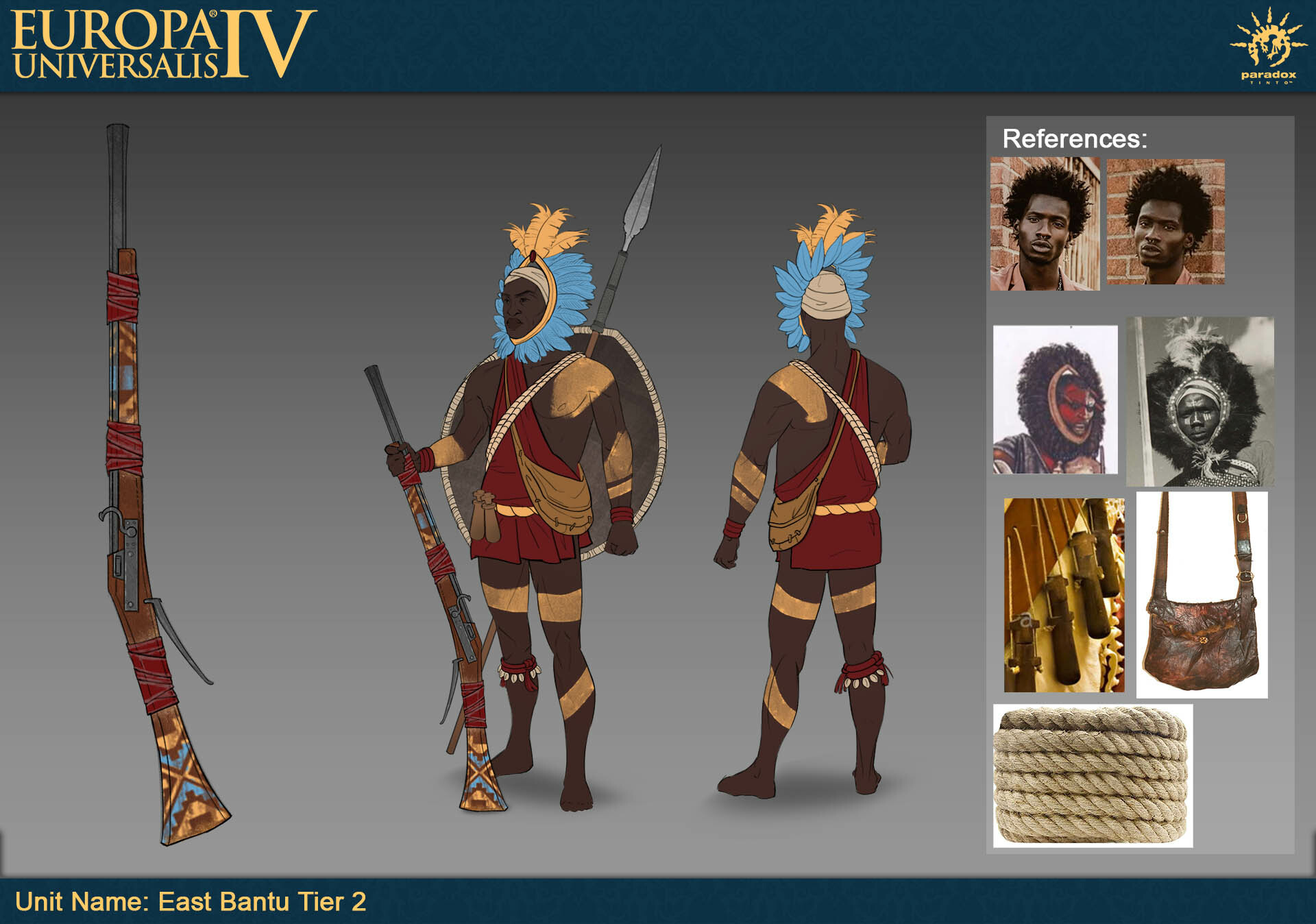
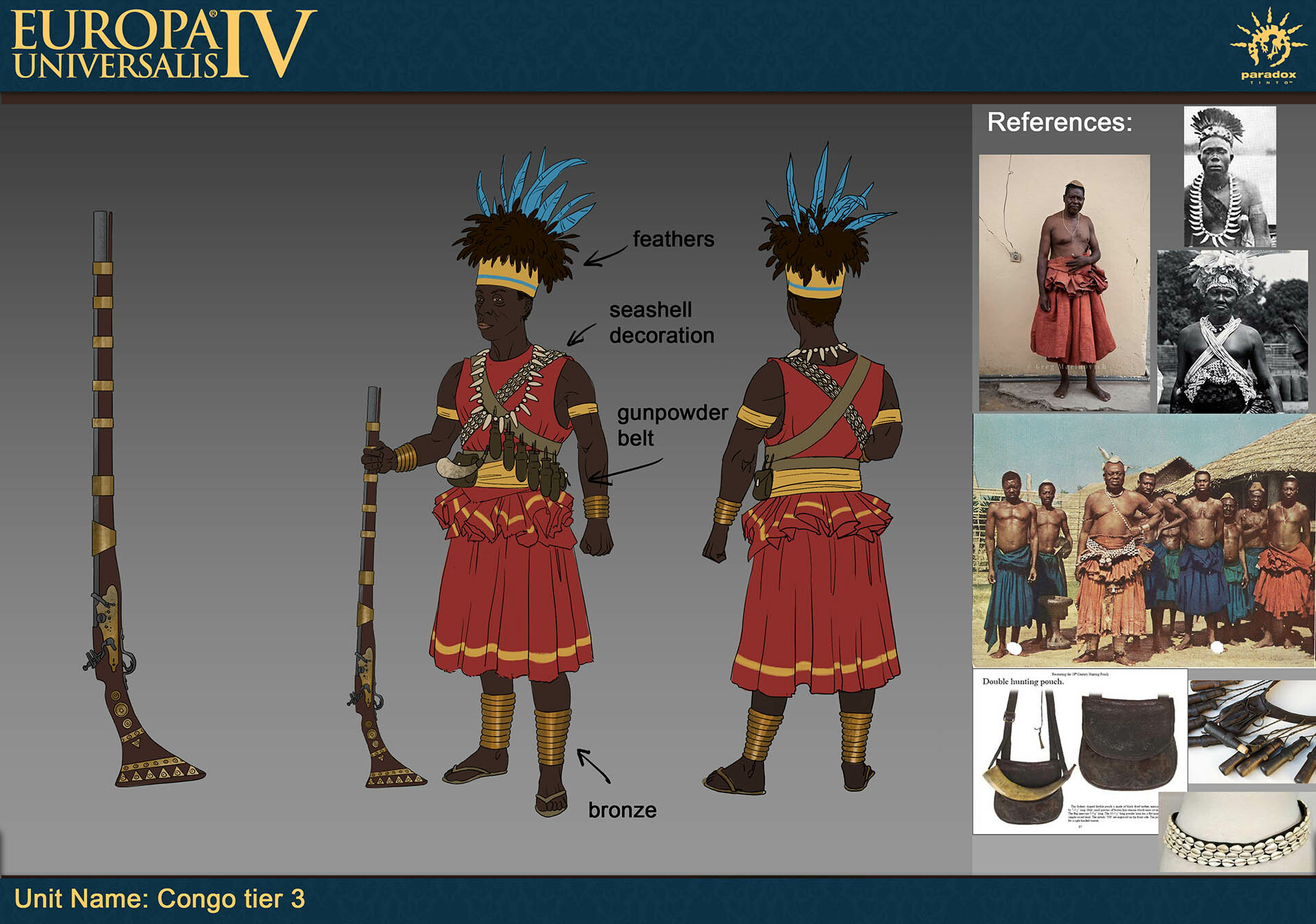
The first ideas are rarely the best, so the artists explore many iterations as we try to find the right shapes and colours, as you can see with our work on the Coptic missionary here:

Over the next few months we worked together with our friends at N-iX Game & VR Studio to turn these concepts into 3D models that are both functional and look great. To start with we make a very high resolution model in ZBrush with all the cloth folds and surface details that we want. This is made with a combination of digital clay sculpting and cloth simulation, both of which are essential processes in modelling characters for modern video games.
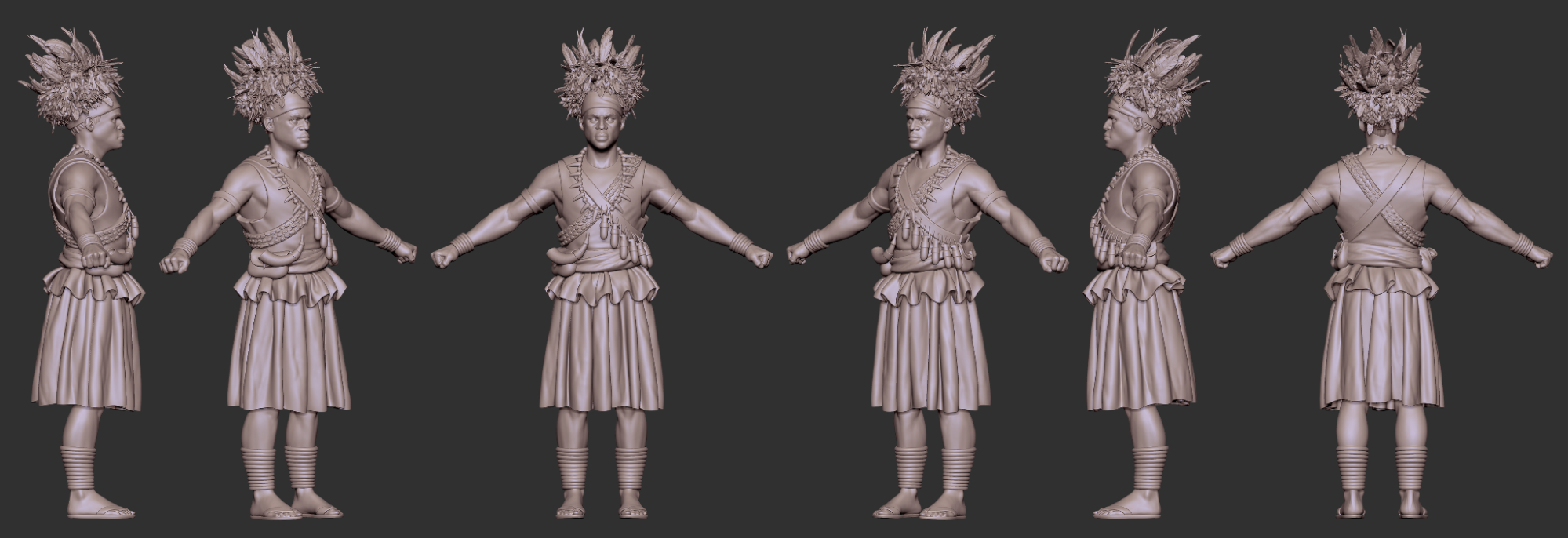
It looks beautiful, but with this many polygons it is impractical for realtime rendering, so the next step is to bake all those details into a normal map texture that is wrapped around a low-poly model.
Once baked, we start the texturing process. In EU4’s past, we have laboured over dozens of layers in Photoshop, but recently we have adapted our workflow to use Substance 3D Painter, which is an incredibly powerful tool much better suited to texturing models.
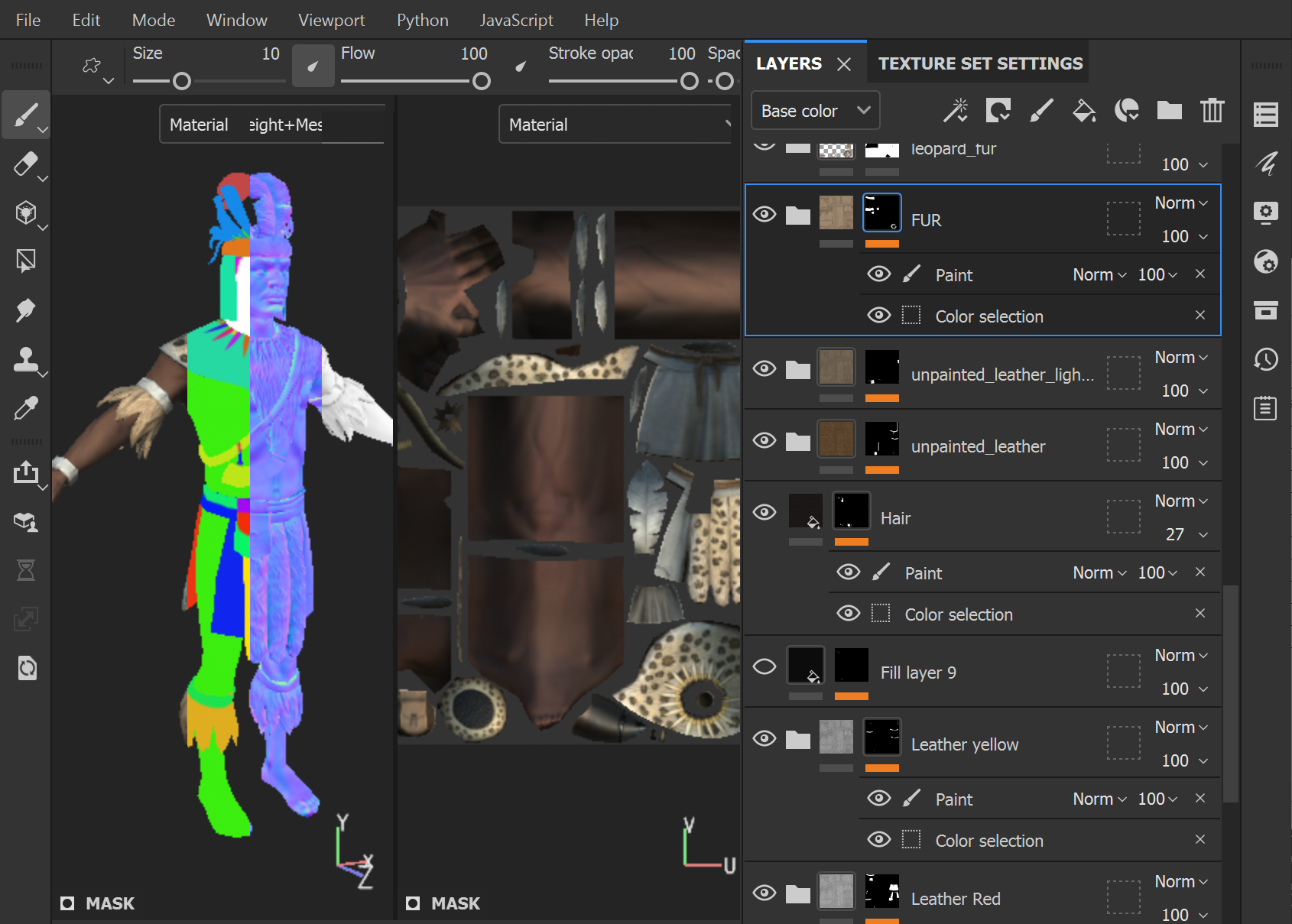
When the textures are finalised, the models are rigged to a skeleton and finally imported into the game. In the case of the missionaries, we got to make brand new animations as well. We then implement it, its testing is managed by our internal QA coordinator and carried out by external QA teams.
For some context of how long this sort of unit pack takes to make, the entire process began in early April and was finished in September. And here are the final products! Let us know what you think of them.
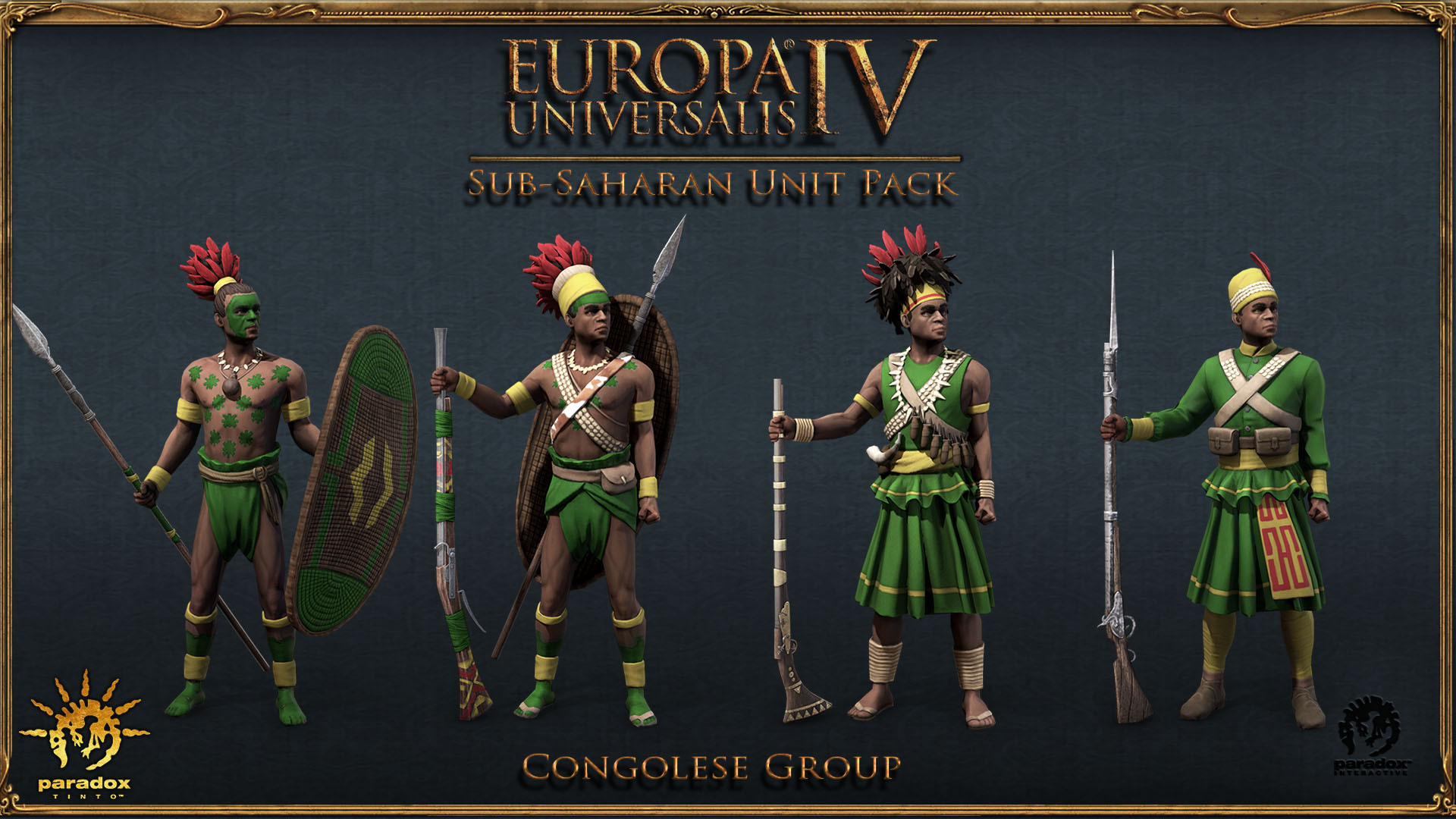

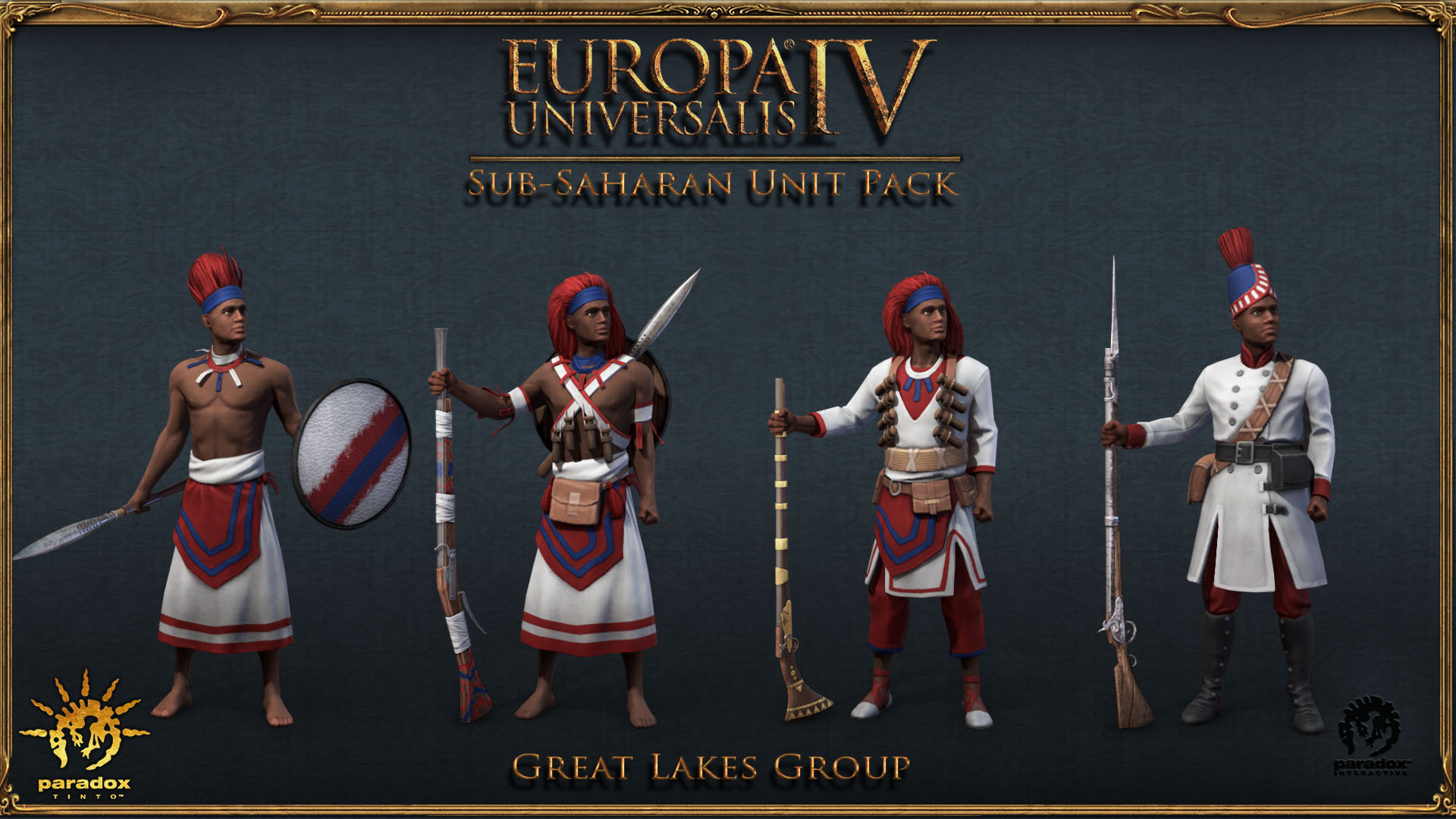
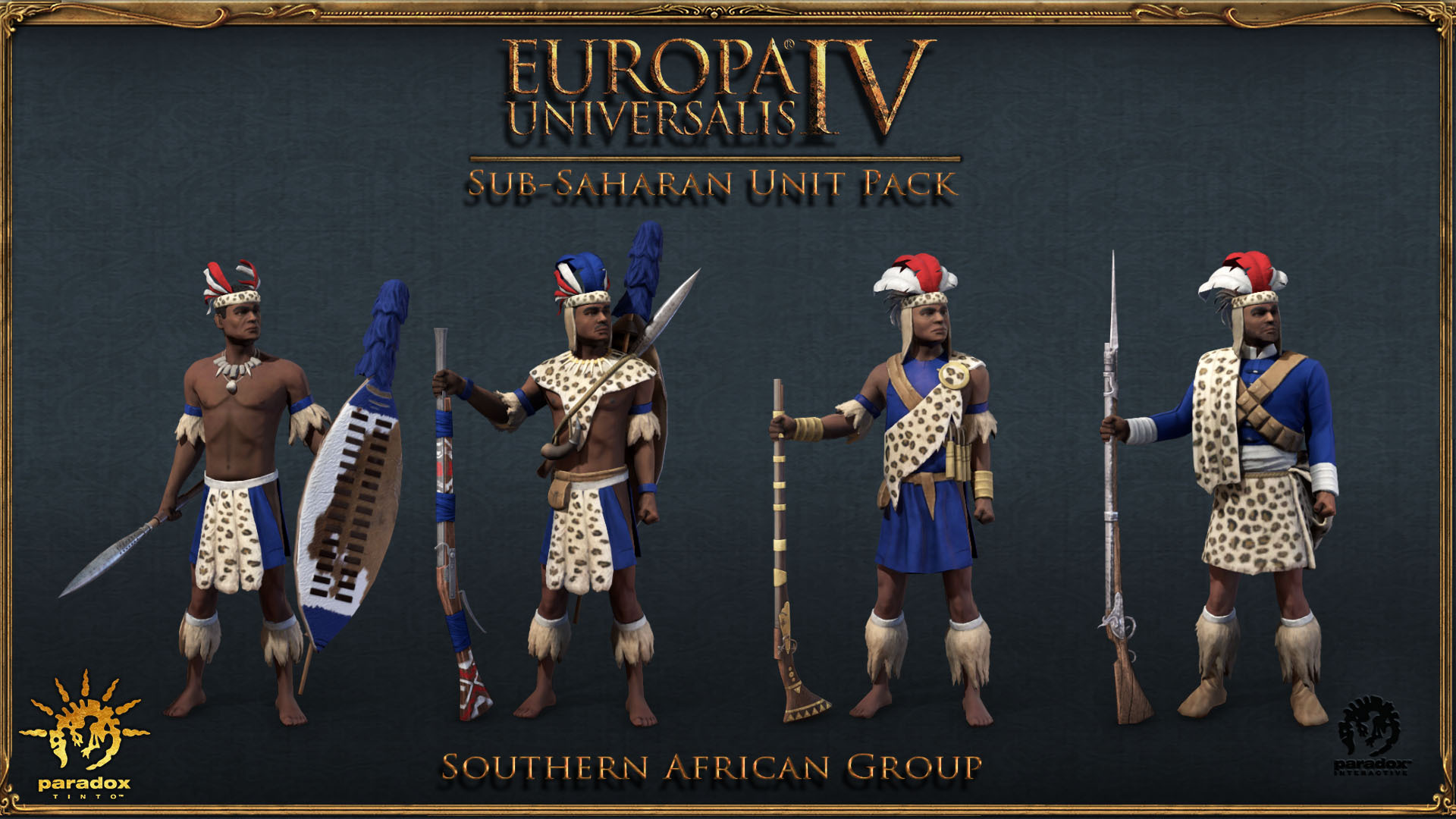
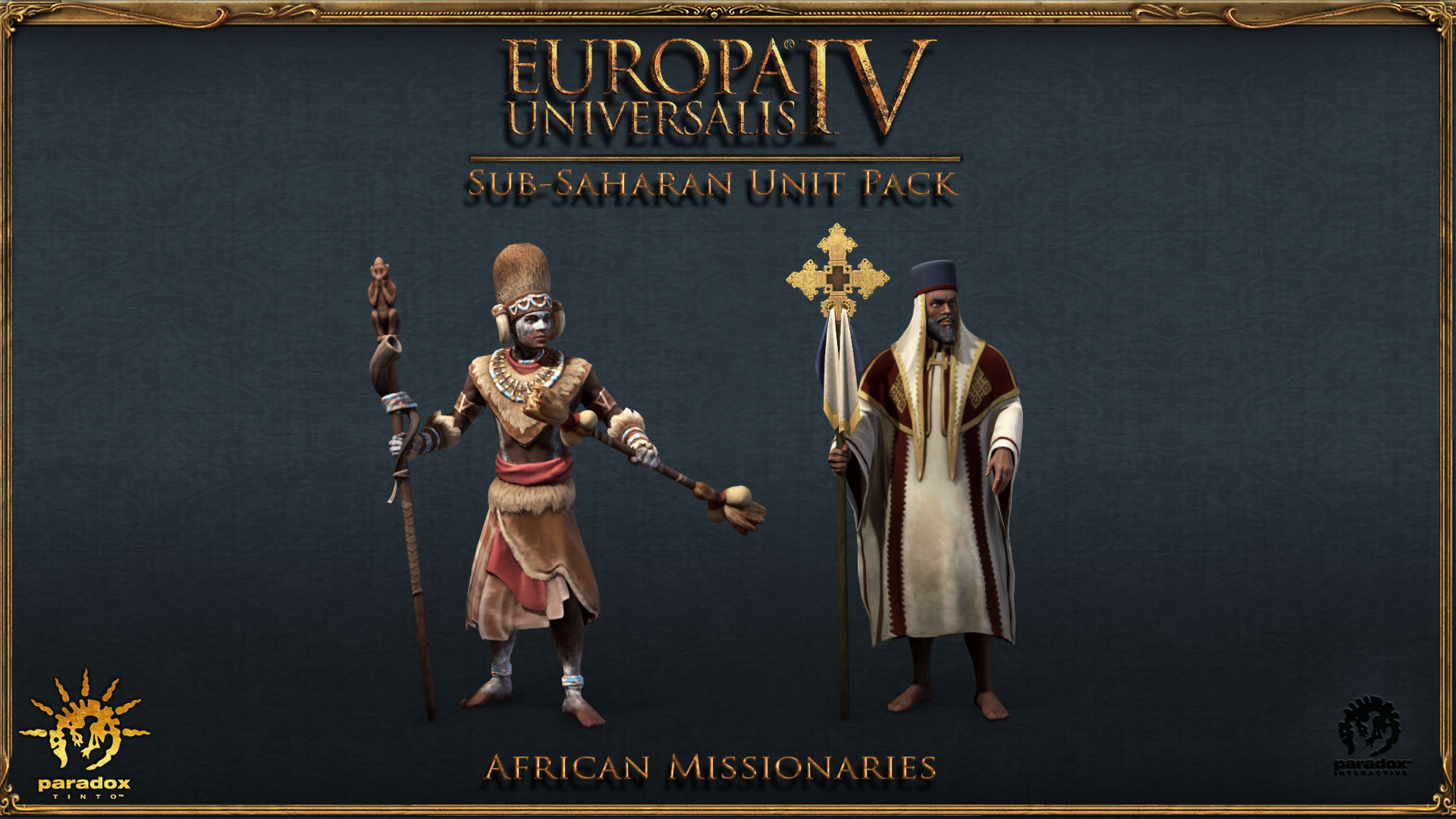
As well as new mission tree icons and the monuments you saw in October, we have also been busying our 2D artists with more advisor portraits in forgotten parts of the world.
Since Leviathan released with so much flavour for Aboriginal Australians, Southeast Asians, and Polynesians, the advisor portraits for those cultures have been high on our art request list. So for Origins we have made a full set of male and female advisor portraits for each of those regions that will add even further to the immersion of playing there.
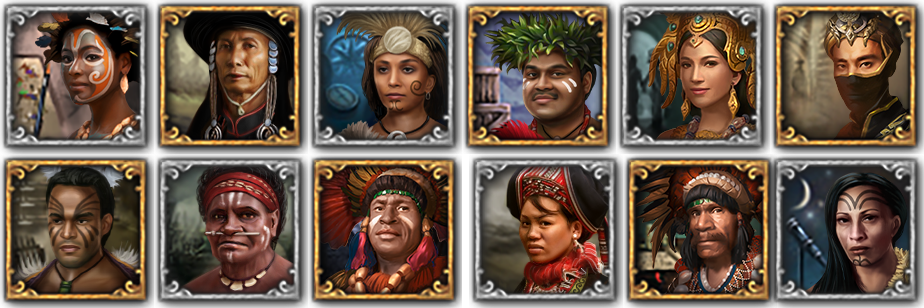
And of course, a release wouldn’t be complete without a new loading screen. We present Nzingha Mbande of Ndongo, a fascinating queen from Angola who resisted Portuguese colonisation, protecting her people from the Atlantic slave trade. A shrewd diplomat and accomplished tactician, she is remembered as one of the great inspirational women in African history, and was previously featured in our free Women in History DLC.
The loading screen will of course be included in the 1.32 patch; we will drop more info on the free update very soon!

Come join us at the Paradox Stream, on Wednesday the 3rd and 10th of November at 5pm CET for the first showcase of Origins! Mordred and Bjorn will be joined by Content Designer Álvaro (Pavía) for the stream, and will be able to answer any questions you may have.
I hope you enjoyed this dev diary, and I can’t wait to see what you think of Origins when it releases in just over a week’s time!
In the last year the art team at our Barcelona studio has exploded, rapidly expanding to the 9 talented artists that we have today—including every discipline from 3D character artist to UI developer. We have so much interesting stuff planned for the future, but for now I’ll introduce to you some of the work we’ve already done for Origins.
So what is the process for making art in one of our immersion packs? The first thing that happens is the brief, in this case Johan asked us to prepare 16 unit models and 2 missionaries for sub-Saharan Africa, a hugely underrepresented area in terms of previous art DLCs.
We opened up the game to see which cultures are missing art, and while East and West Africa already had unit models, we noticed a large area of southern Africa that was not already covered by unit packs.

Our artists started doing research for interesting and unique types of clothing historically worn by people in this area. Historical authenticity is very important in this kind of game so we were careful with our references. However, we permitted ourselves a little bit more creativity in later tiers, to create “what-if?” unit models, rewarding players who pull off amazing feats of technological progress.
After the research, concept artist Irene and 2D artist Ruben set to work making concepts for these characters. The goal was to start with simple warriors, and then as the ages progress they become increasingly complex in their appearance—eventually evoking the disciplined regiments of Napoleonic Europe but with a distinctive African twist.
Since these units would be used across many different countries, we needed to figure out where the country colours would go at this stage as well; in this case red is primary, yellow is secondary, and blue is tertiary.


The first ideas are rarely the best, so the artists explore many iterations as we try to find the right shapes and colours, as you can see with our work on the Coptic missionary here:

Over the next few months we worked together with our friends at N-iX Game & VR Studio to turn these concepts into 3D models that are both functional and look great. To start with we make a very high resolution model in ZBrush with all the cloth folds and surface details that we want. This is made with a combination of digital clay sculpting and cloth simulation, both of which are essential processes in modelling characters for modern video games.

It looks beautiful, but with this many polygons it is impractical for realtime rendering, so the next step is to bake all those details into a normal map texture that is wrapped around a low-poly model.
Once baked, we start the texturing process. In EU4’s past, we have laboured over dozens of layers in Photoshop, but recently we have adapted our workflow to use Substance 3D Painter, which is an incredibly powerful tool much better suited to texturing models.

When the textures are finalised, the models are rigged to a skeleton and finally imported into the game. In the case of the missionaries, we got to make brand new animations as well. We then implement it, its testing is managed by our internal QA coordinator and carried out by external QA teams.
For some context of how long this sort of unit pack takes to make, the entire process began in early April and was finished in September. And here are the final products! Let us know what you think of them.





As well as new mission tree icons and the monuments you saw in October, we have also been busying our 2D artists with more advisor portraits in forgotten parts of the world.
Since Leviathan released with so much flavour for Aboriginal Australians, Southeast Asians, and Polynesians, the advisor portraits for those cultures have been high on our art request list. So for Origins we have made a full set of male and female advisor portraits for each of those regions that will add even further to the immersion of playing there.

And of course, a release wouldn’t be complete without a new loading screen. We present Nzingha Mbande of Ndongo, a fascinating queen from Angola who resisted Portuguese colonisation, protecting her people from the Atlantic slave trade. A shrewd diplomat and accomplished tactician, she is remembered as one of the great inspirational women in African history, and was previously featured in our free Women in History DLC.
The loading screen will of course be included in the 1.32 patch; we will drop more info on the free update very soon!

Come join us at the Paradox Stream, on Wednesday the 3rd and 10th of November at 5pm CET for the first showcase of Origins! Mordred and Bjorn will be joined by Content Designer Álvaro (Pavía) for the stream, and will be able to answer any questions you may have.
I hope you enjoyed this dev diary, and I can’t wait to see what you think of Origins when it releases in just over a week’s time!




